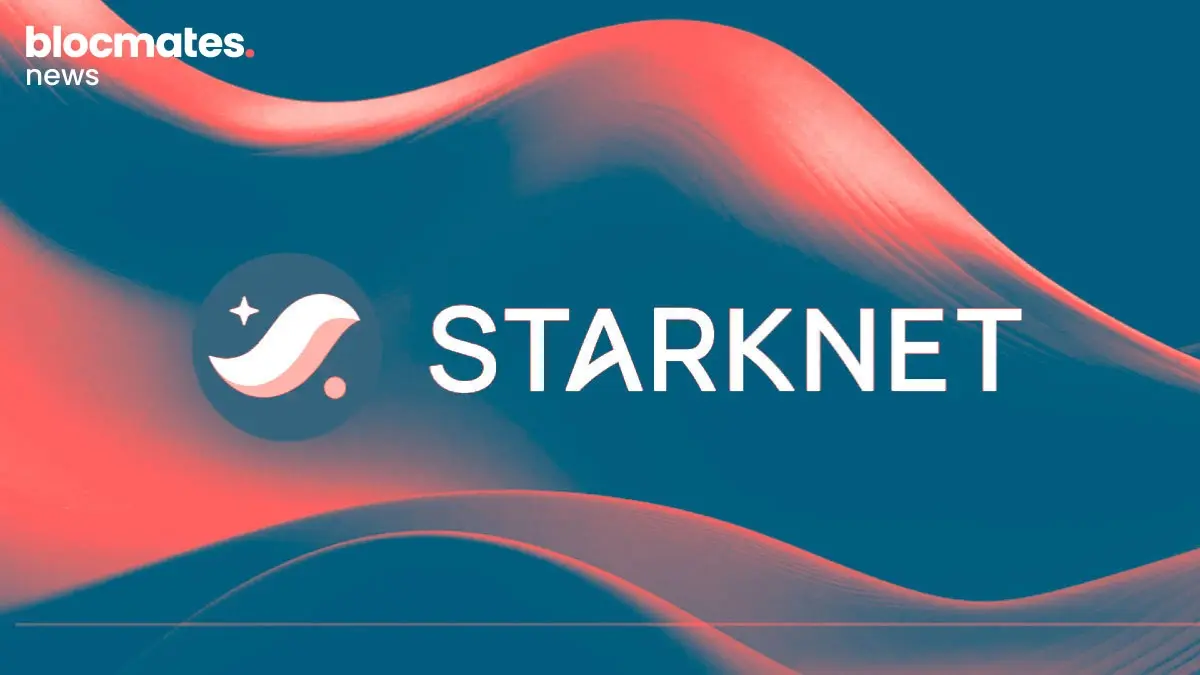Let me guess: You didn’t buy a bag of Bitcoin back in 2009 and escape the matrix.
How do I know? Well, for a start, you probably wouldn’t still be here keeping tabs on the latest happenings in this redacted space.
You would most likely be parked on an island somewhere, surrounded by a harem of 10s feeding you fine wines and grapes, not caring about the latest Ponzis. Luckily for you, there is always a second chance at the same success. You may want to read on….
Bitcoin has proven itself as the undisputed king of crypto and the landscape is changing fast.
Institutional attention this cycle has brought with it an increase in legitimacy and has only strengthened the staying power of the orange coin. With these changes, many new and exciting opportunities are bubbling to the surface, just waiting for a curious degen like yourself to stumble upon them and claim their place at the “made it" table.

The increase in attention and legitimacy that Bitcoin has received has made it more attractive for use in the world of DeFi, a world that, at this point, largely exists on the Ethereum network.
So what is the best way to get your hands on the orange coin for use in the Ethereum decentralized finance arena, you ask?
BadgerDAO and its eBTC protocol look to provide the answer to exactly that.

What is BadgerDAO all about?
BadgerDAO has been building in the space for some time now, three years to be exact. With multiple protocols under their belt, they have a solid track record of top-notch development and a strong portfolio of assets.
At the core of the DAO itself is the $BADGER native governance token. $BADGER is an ERC-20 token with a finite supply of 21 million, and being a governance token gives holders the right to vote on changes to the DAO.
Now, the latest and greatest venture from this determined, furry critter of a DAO is their eBTC protocol – and it’s exactly this that we’ll focus on today.
eBTC looks to solve many of the problems that currently exist in the synthetic Bitcoin space and seems to be a real game changer in integrating Bitcoin into all things DeFi.
In order to get a proper fundamental understanding of the significance of what is going on regarding eBTC, it is necessary to first understand some of the problems faced with current synthetic bitcoin standards.
The current BTC-Fi landscape
There are some serious inefficiencies within the synthetic Bitcoin space, which BadgerDAO and eBTC aim to correct.
The first problem faced by anyone wanting to get their degenerate digits on synthetic Bitcoin products is their inherent lack of decentralization. wBTC is currently the most prevalent form of synthetic bitcoin used in DeFi, and much of this sits in the custody of some rather centralized entities.
This centralization doesn’t bode well for the underlying fundamentals that crypto holds dear, that is, if we still have any moral standards at all.
One of the big problems with any centralized product is the risk of censorship. We all know that grub Gary Gensler is always on the lookout for any excuse to jump on this theme, usually to get wrecked in hilarious fashion.

By bringing eBTC on-chain via fully transparent and immutable smart contracts, BadgerDAO looks to end the history of centralized synthetic Bitcoin products by eliminating the custodial risks currently existing with other forms of wrapped Bitcoin products.
The next big problem faced by anyone involved in the synthetic bitcoin game is capital inefficiencies that even the most decentralized synthetic bitcoin products suffer from.
Most of these capital issues arise from the type of collateral used to mint the synthetic bitcoin, namely stablecoins.
This creates an environment of larger-than-necessary collateral requirements and high fees. The reason? The correlation of the collateral to the asset being borrowed is very low.
Because the price of bitcoin is far more volatile than the stablecoins used to borrow it, borrowers are forced to front up with large amounts of collateral to cover these fluctuations in price difference and maintain the health of their debt positions.
eBTC solves this problem by using staked ETH as collateral, a far more correlated asset to the price of the bitcoin minted from lending it. It's simple, but a giga-brained move nonetheless.
To make things even better, eBTC is introduced into the world via a mint-on-demand mechanism that removes the need for bridging funds. Being a synthetic form of Bitcoin also means that no real Bitcoin is needed in the process. This increases the security of the entire system and removes any issues caused by those filthy bridge hackers.
Using a highly correlated asset, staked ETH, not only reduces your liquidation risks but also gives rise to some highly lucrative DeFi plays due to its yield-bearing components. This allows users to be paid to borrow Bitcoin. Yes, you heard right!
How does eBTC work?
As a novel protocol breaking new ground in the realms of DeFi, eBTC is certainly something to be excited about.
Focusing entirely on the ETH/BTC ratio, it allows for a wide variety of products to be built on top of its existing infrastructure, opening up endless new opportunities in BTC-Fi.

eBTC is soft-pegged to bitcoin's price and minted by lending Lido’s stETH or wstETH. This creates the environment for borrowing eBTC with no fees attached. Regular ETH and WETH can also be used as collateral and will be staked on your behalf to mint eBTC.
The main reason this mechanism works so well comes not only from the high correlation of ETH to BTC but also thanks to the yield earned from the stETH that is used as collateral—a percentage of which, currently 50%, you will still earn on your collateral position.
The remaining 50% of the yield earned goes toward protocol revenue, which is why interest-free, fee-less borrowing of eBTC can be done. It is worth noting that this 50% number, currently allocated to protocol revenue, is subject to change over time via governance voting proposals.
So, back to the topic of highly correlated collateral and the advantages of this dynamic, namely the reduction in risk on debt positions. This is where the efficiency of eBTC really shines and what makes it a true game changer in the synthetic bitcoin space.
Due to this price correlation, liquidation risks are greatly reduced, as the price of the underlying collateral will more closely follow that of the asset being borrowed.
This also allows for some seriously reduced collateral requirements needed to mint eBTC. The current minimal collateral needed to mint eBTC is 110%, which makes eBTC the most capital-efficient form of synthetic bitcoin on the market.
For a full overview of the liquidation mechanisms and process, jump into the liquidation section of the eBTC docs here. Understanding it might just save you some future pain.
In the image below, we can see their historical liquidation feature in action. The bars indicate when a liquidation would have occurred in the past 52 weeks based on whatever collateral ratio has been selected. This is a pretty neat feature for those who want to get a good idea of the risk they are taking before diving in!

The chart below shows the impressively high correlation between ETH and BTC, with BTC in orange and ETH in blue.

It's definitely worth checking out the following tweet from the team themselves. It gives some great insight into the history of ETHBTC correlation and why this is a real game changer.
Some pretty note-worthy advantages of using a yield-bearing asset like stETH as collateral exist.
A major one is the continuous improvement in the health of your debt position itself. This occurs because the borrower's collateral amount will gradually increase over time, thanks to the yield earned on it.
As your collateral position passively increases, the health of your debt position will gradually improve as a direct result. This is a pretty cool mechanism and allows for far greater levels of comfort when borrowing eBTC.
Obviously, the main purpose of the eBTC token itself is to be used across a wide variety of DeFi applications and ETH/BTC pair swap strategies. Therefore, it earns its own form of yield depending on the strategies a user puts it to work in and their personal levels of risk tolerance.
This allows for some pretty serious looping strategies and leveraged yield plays that will soon have those with solid strategies rolling in those sweet, sweet DeFi gains.

How to get involved in the action?
Now that we have a solid understanding of eBTC and how it works, the next step is to understand the borrowing mechanics behind it all so you can dive in with confidence and start earning some juicy yields on the OG of crypto coins.
Borrowing eBTC starts by opening a Collateralized Debt Position (CDP) on the eBTC protocol. A CDP is the name given to the unit that tracks a user's debt position by the amount borrowed, the amount and value of collateral used, and the underlying value of the borrowed asset itself.
Multiple CDPs can be created from the same Ethereum address, which will allow users to apply multiple strategies with different risk levels across the DeFi space from one single wallet address.
The ratio of value between collateral and asset, in this case ETH/BTC, is known as the Individual Collateral Ratio (ICR). A borrower can adjust their ICR at any time by adding more collateral to a debt position, withdrawing collateral, or paying down the outstanding debt amount.
To open a CDP, a borrower's ICR must be greater than the Minimal Collateral Ratio (MCR), which was mentioned earlier at 110%. Once achieved, eBTC can be minted and transferred to the borrower to be applied as they wish across a vast number of DeFi applications.
When opening a CDP, the borrower must provide an additional 0.2 stETH as a gas stipend. This gas stipend is used in the case of liquidation of a debt position, which occurs when the CDP’s ICR falls below the MCR.
The yield earned on this gas stipend is not applied to a borrower's debt position health but is returned in full, plus any yield accrued, once a debt position is closed.
In its simplest form, a user supplies the eBTC protocol with stETH, wstETH, ETH, or WETH as the underlying collateral, borrows eBTC, and then earns stETH incentives.

Once a borrower has opened a CDP, they can utilize a number of looping strategies to maximize their yields and increase the power of their stETH collateral position.
The most obvious way to do this is to use the borrowed eBTC to swap for more ETH, stETH, WETH, or wstETH and then use this newly acquired collateral to mint more eBTC. Rinse and repeat up to 10 times, and you will have achieved some serious leverage on your stETH position.

Another potentially profitable strategy is the ability to trade the ETH/BTC pair seamlessly and with ease.
So let's say you were around in 2017 and inevitably became a complete Ethereum maxi who believes in the future flippening of Bitcoin as a given thing (it still might be, for all I know?). Thanks to eBTC, you could implement this belief with complete simplicity by borrowing eBTC, swapping it for Ethereum, holding this ETH until it gains ground on Bitcoin, and then transferring it back into eBTC and immediately closing the debt position as illustrated below.

These are just a few examples of ways to maximize eBTC's potential. It is fair to say that as the BTC-Fi space grows, there will be more opportunities to use eBTC and maximize gains.
Check out the tweet below for a detailed description of how one smart chad utilized a solid loop strategy to reach the promised land.
Who knows, you may just escape the normie rat race after all.
Security and Statistics
As with any DeFi product, security is paramount. BadgerDAO is certainly no stranger to building top-quality products and hasn’t cut any corners when it comes to security and audits with eBTC.
Some of the top players in crypto security have been brought in to scour over the eBTC code base. Audits from RiskDAO, Trust, Spearbit, and Cantina have been utilized to ensure maximum user protection and can be viewed in the following links.

On top of a solid security foundation, the chads at BadgerDAO have teamed up with Block Analitica to provide a comprehensive dashboard that contains all the real-time protocol and user metrics you can shake a stick at. Check it out here.

Final thoughts
With Bitcoin in the spotlight this cycle, any protocol looking to improve the infrastructure surrounding the great orange coin is bound to have a bright future ahead.
As the legitimacy and staying power of Bitcoin increases, its demand and use cases within the world of DeFi will increase with it. Dapps will look to it as the premier form of collateral and build new and novel mechanisms further to integrate it into the lending/borrowing world.
BadgerDAO’s eBTC certainly looks to separate itself from the pack by providing the most capital-efficient form of synthetic bitcoin available. Using Ethereum as collateral just makes perfect sense.
Backed by a strong team that has proven its worth over the past few years, it is hard not to be incredibly bullish on the badgers and anything they bring to market.
And bringing to market is exactly what they have been busy doing. They are currently well into round three of their Get Paid to Borrow Bitcoin rewards program, where 11 stETH have been allocated for those who open a CDP using ETH or WETH. These rewards come courtesy of Lido Finance.
The recently launched incentivized Curve pool that pays users to borrow Bitcoin and provide liquidity will surely be a banger!
Then, there is the ongoing incentivized Uniswap pool the team has paired up with Merkl to provide. This also pays users to provide liquidity and is sure to increase interest in the world of BTC DeFi.
Despite being a lagging sector so far this cycle, DeFi is still one of the greatest end-game use cases for crypto and truly has the potential to put the power in the hands of future degens rather than dodgy bankers and government ponzi schemes. What’s not to like about that?!
When it comes to Bitcoin and its role in the DeFi picture, it is fair to say we are still in the early days of something spectacular, and eBTC looks to be at the frontier of exactly that.
I don’t know about you, anon, but I feel there is no greater place to be than on the frontier of the financial world.







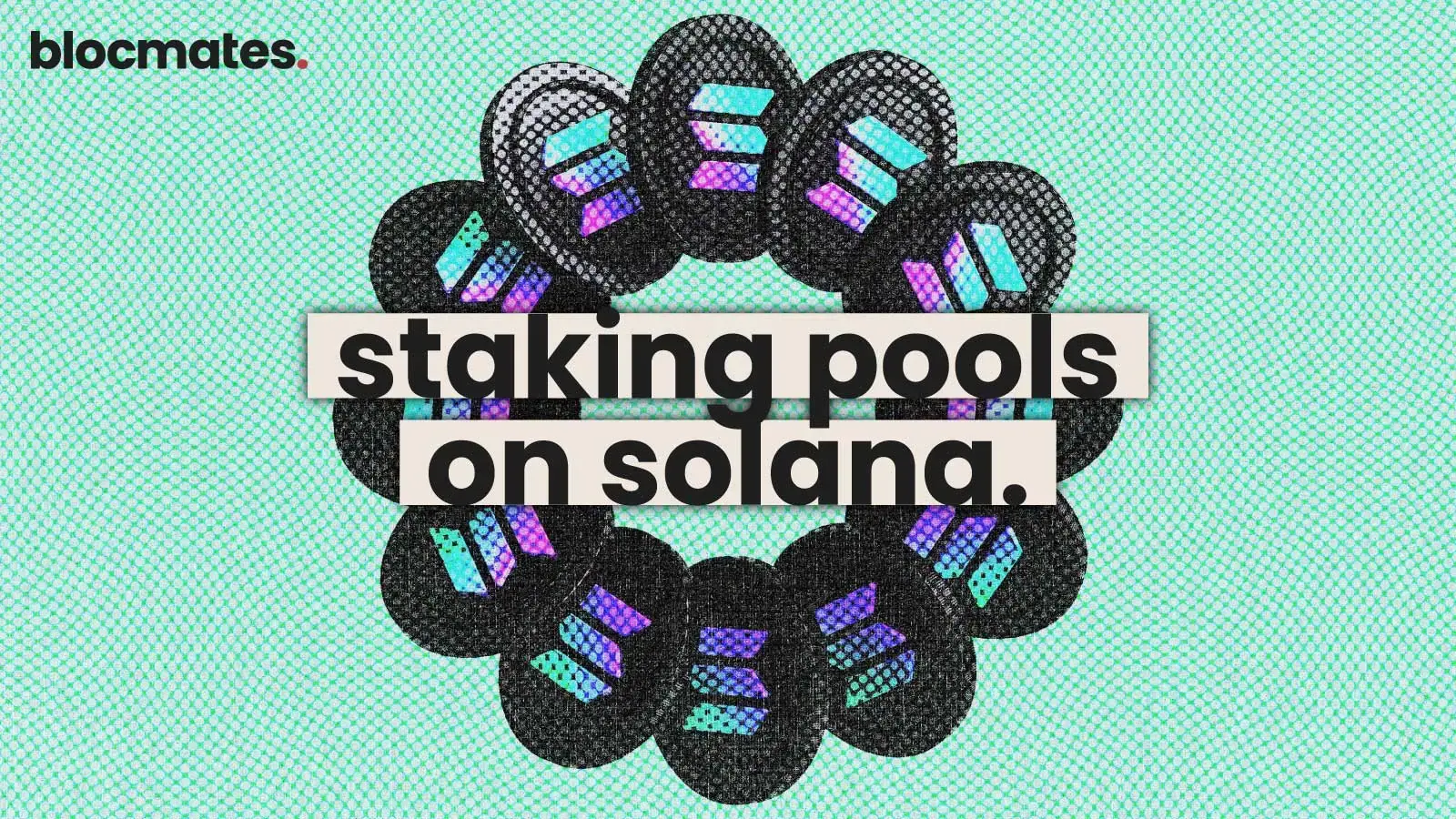





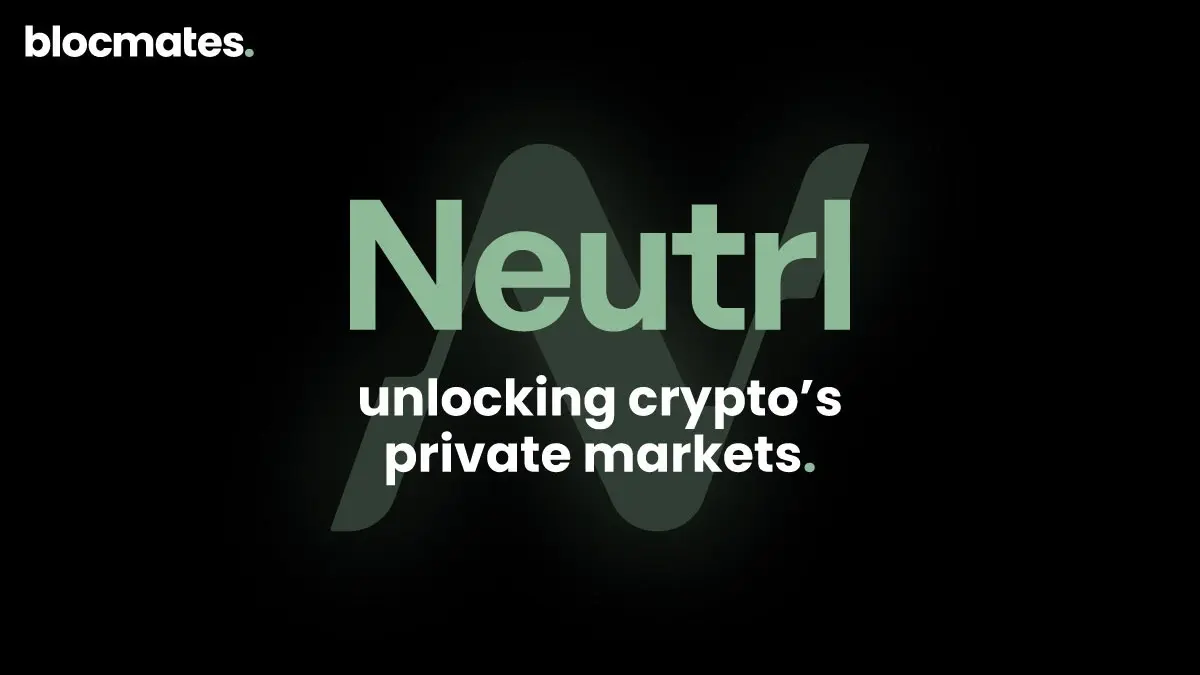


.webp)

.webp)
.webp)

%20(1).webp)
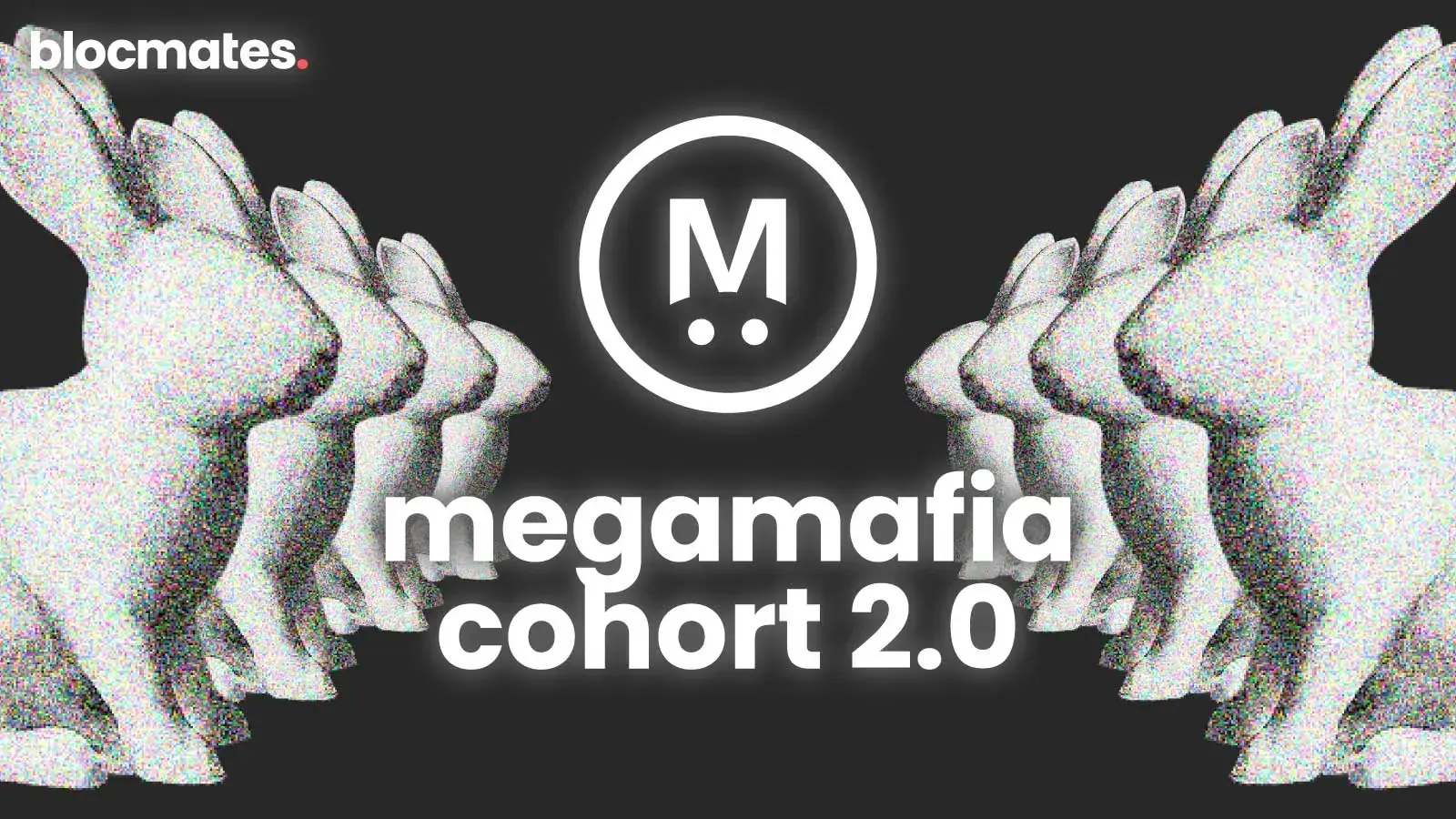
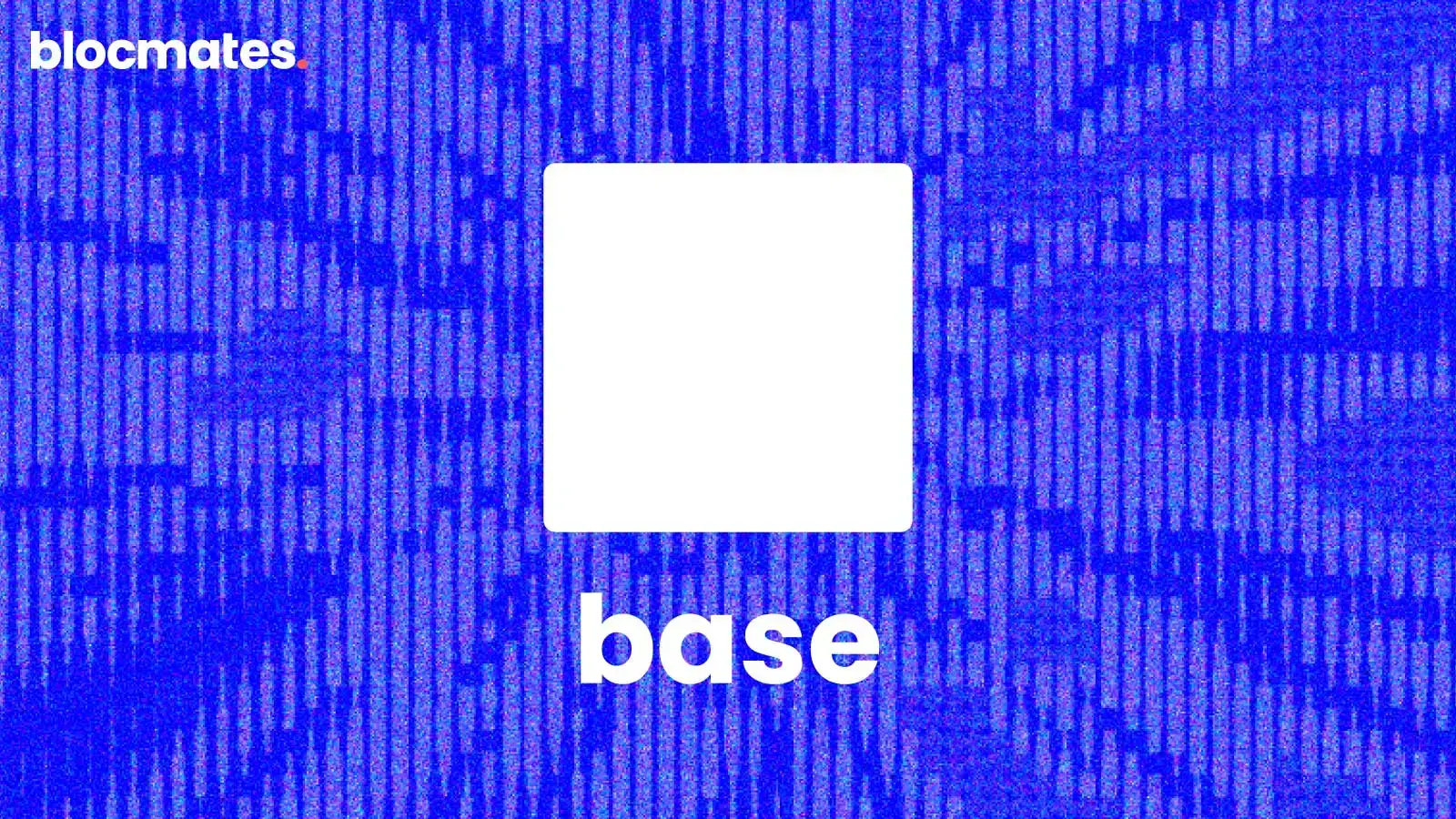
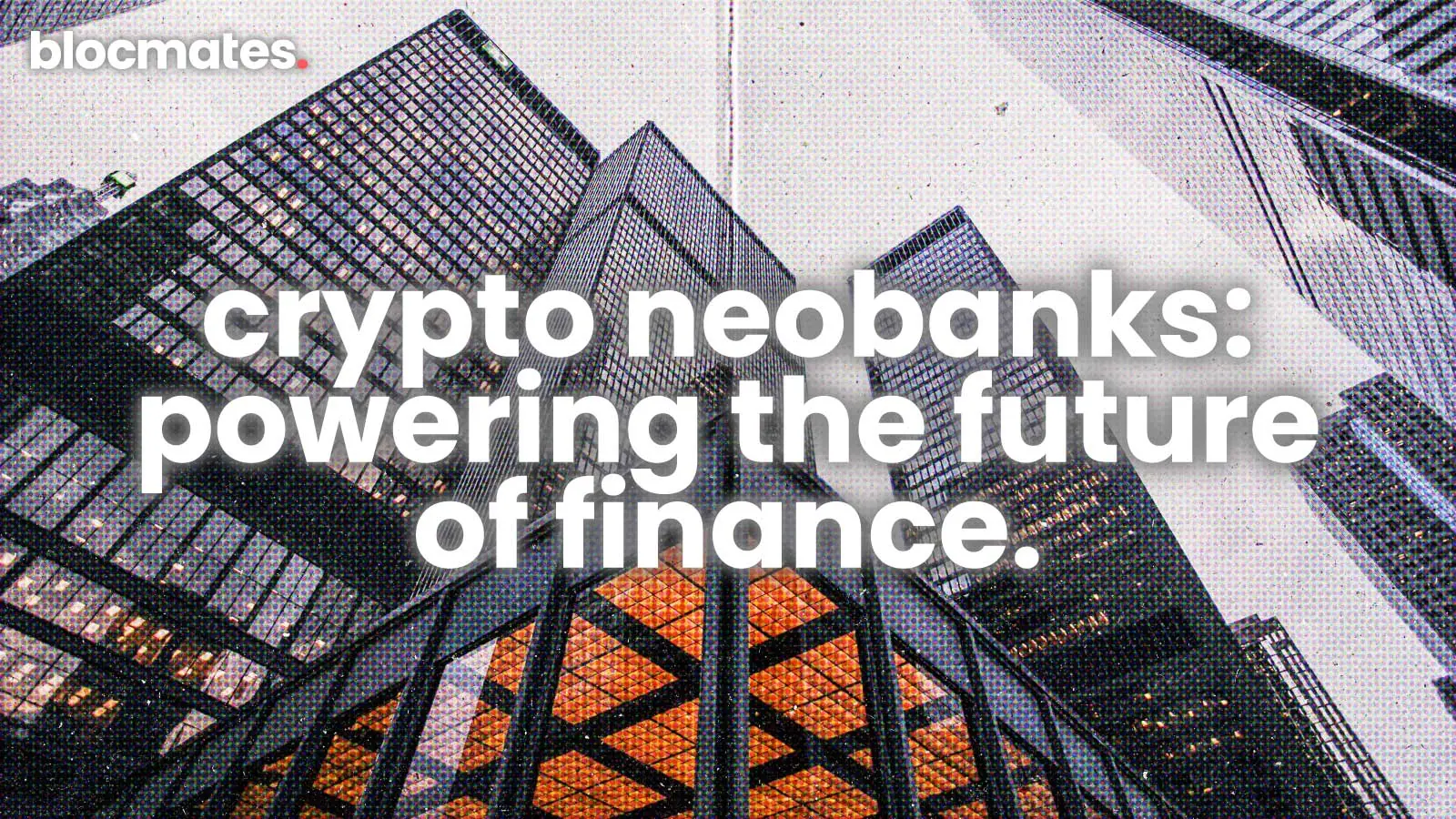


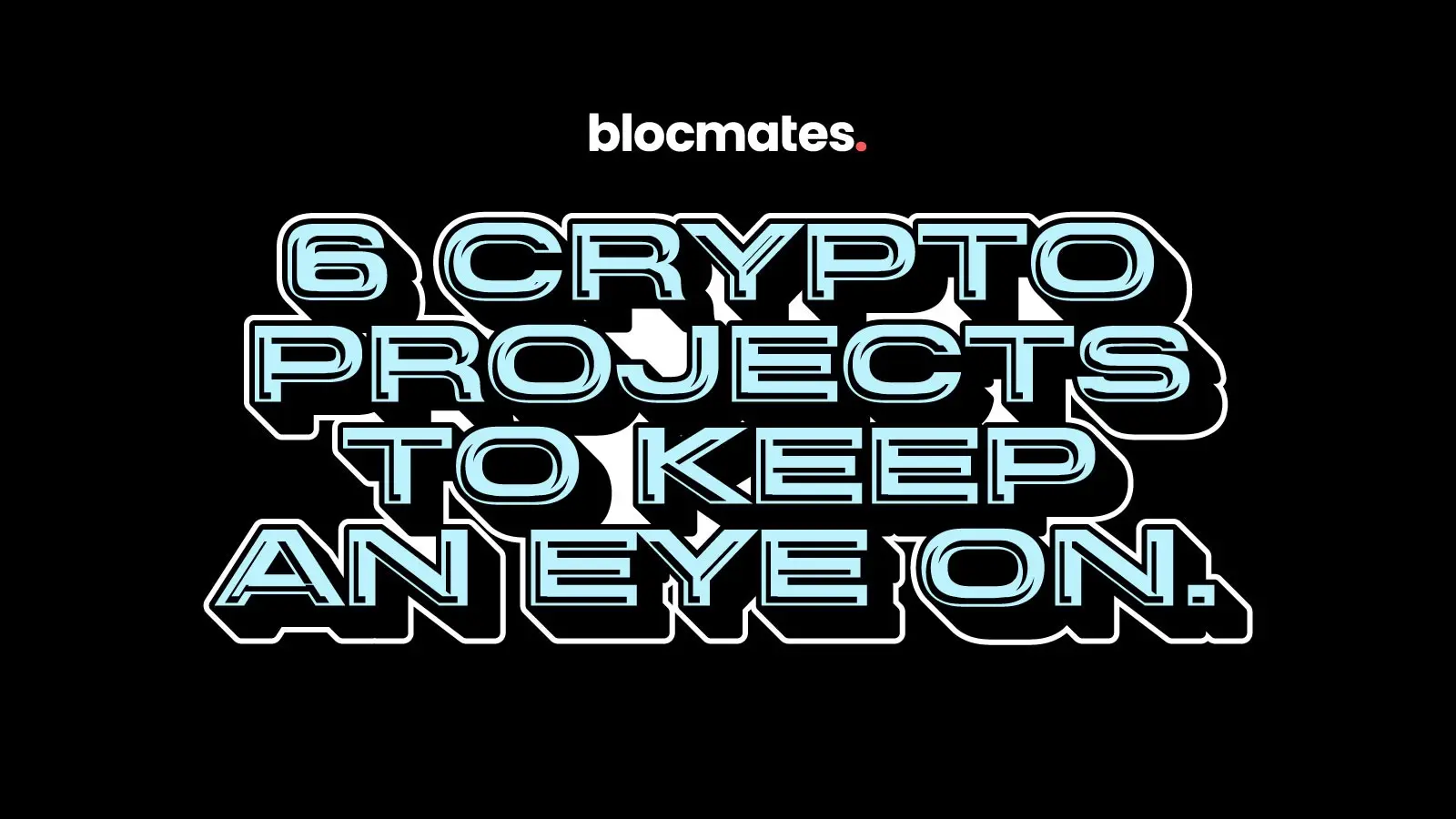
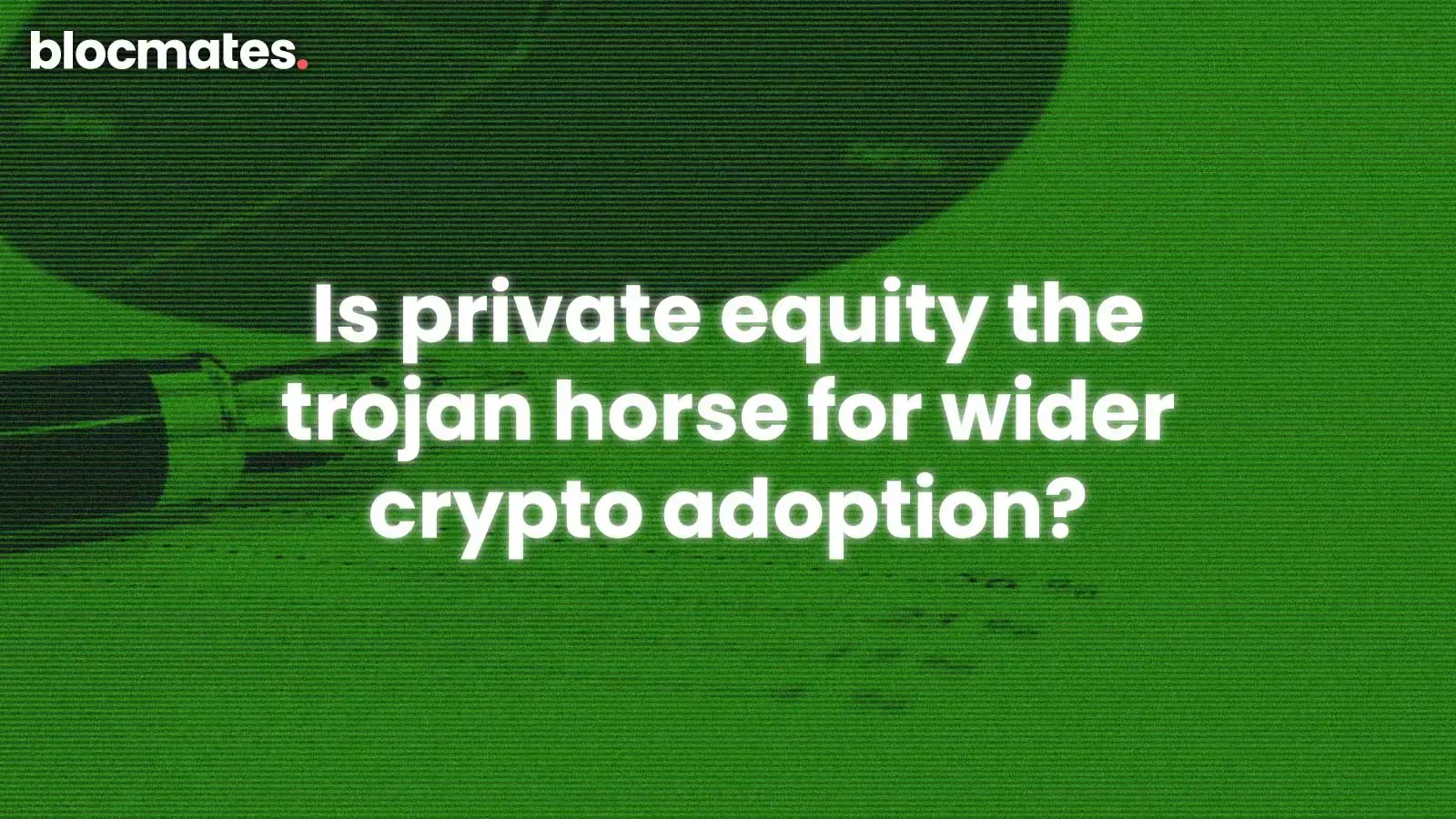


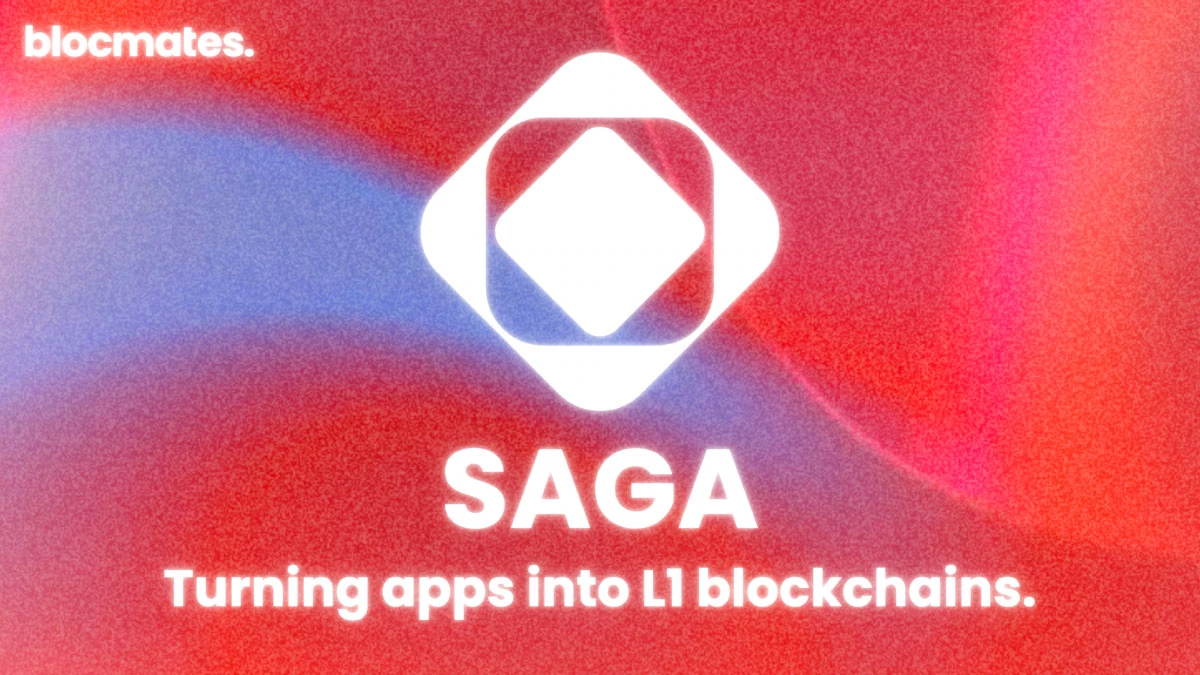


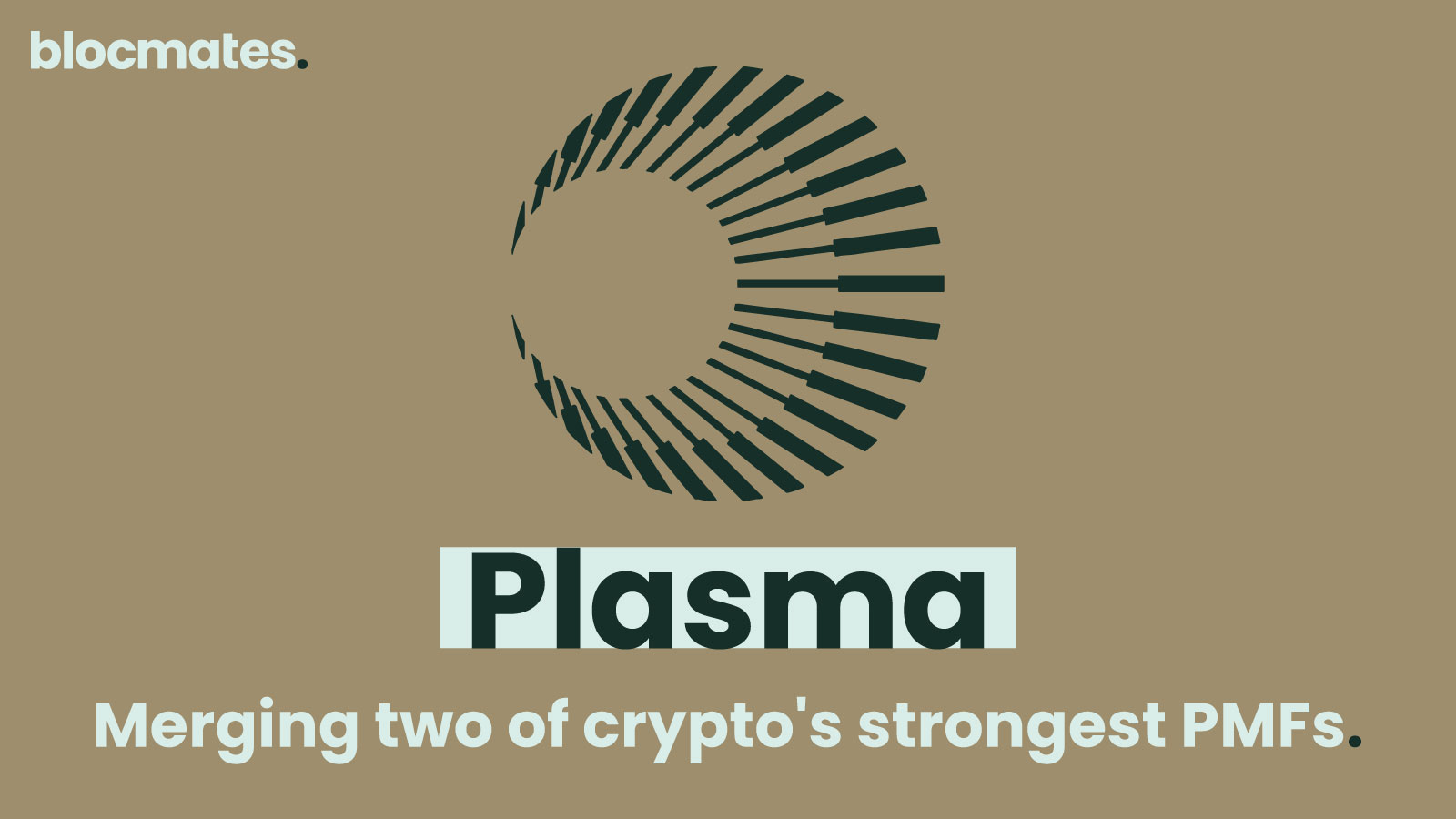

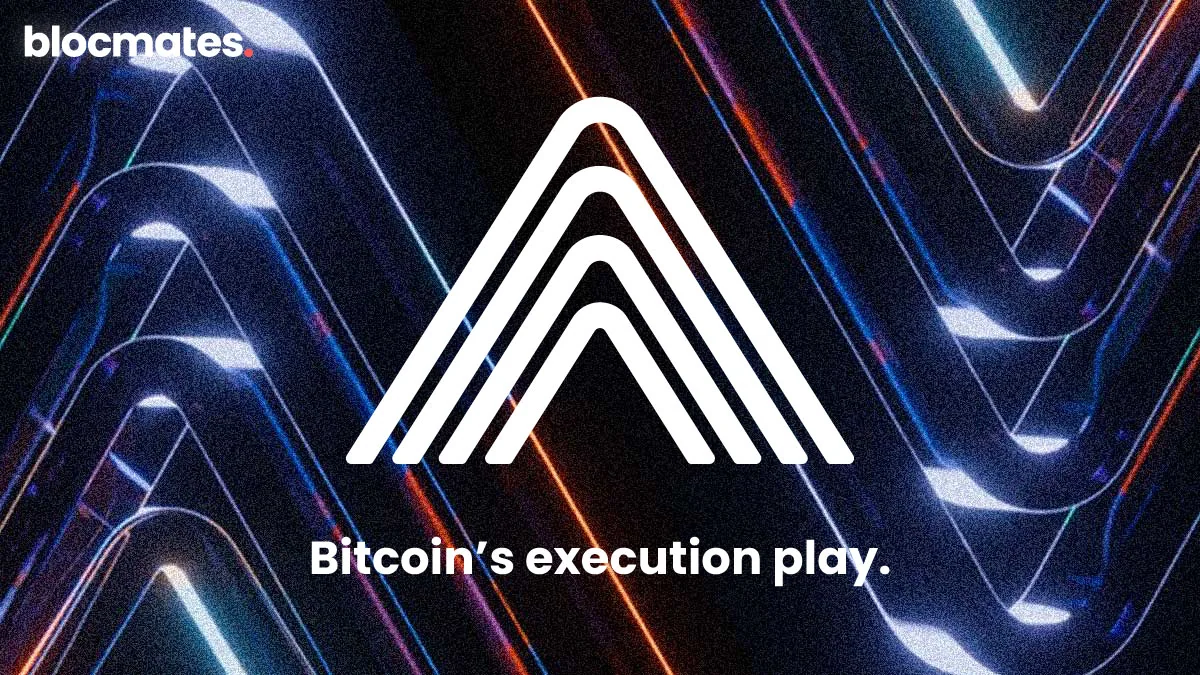

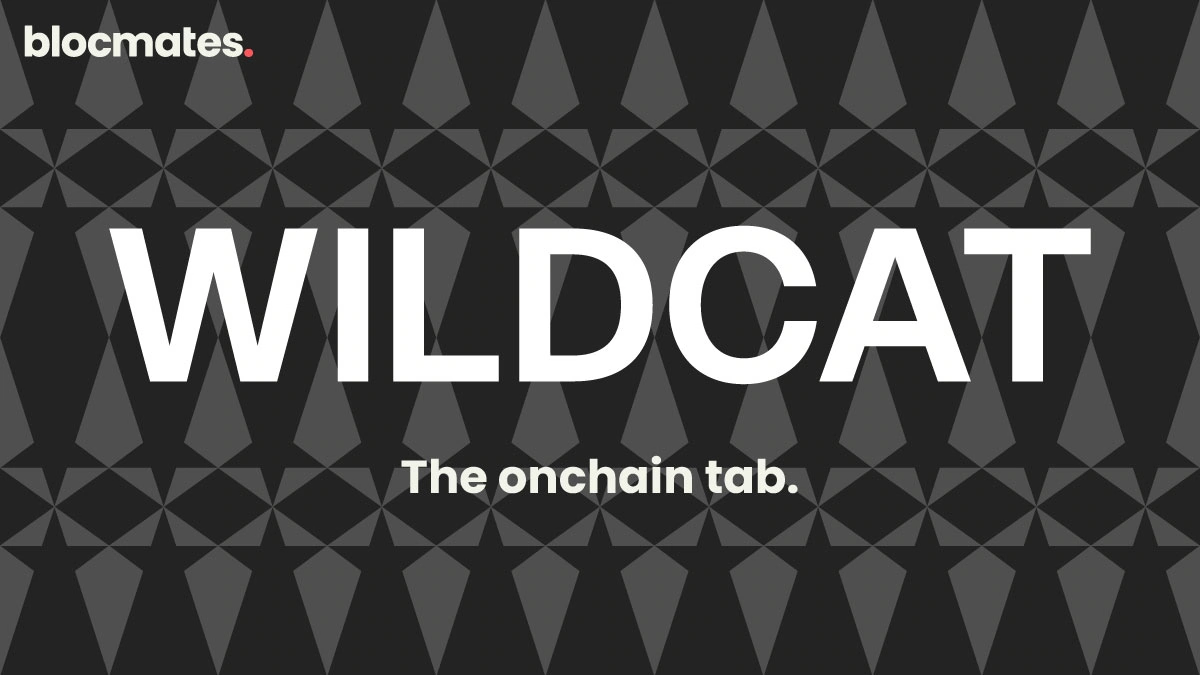
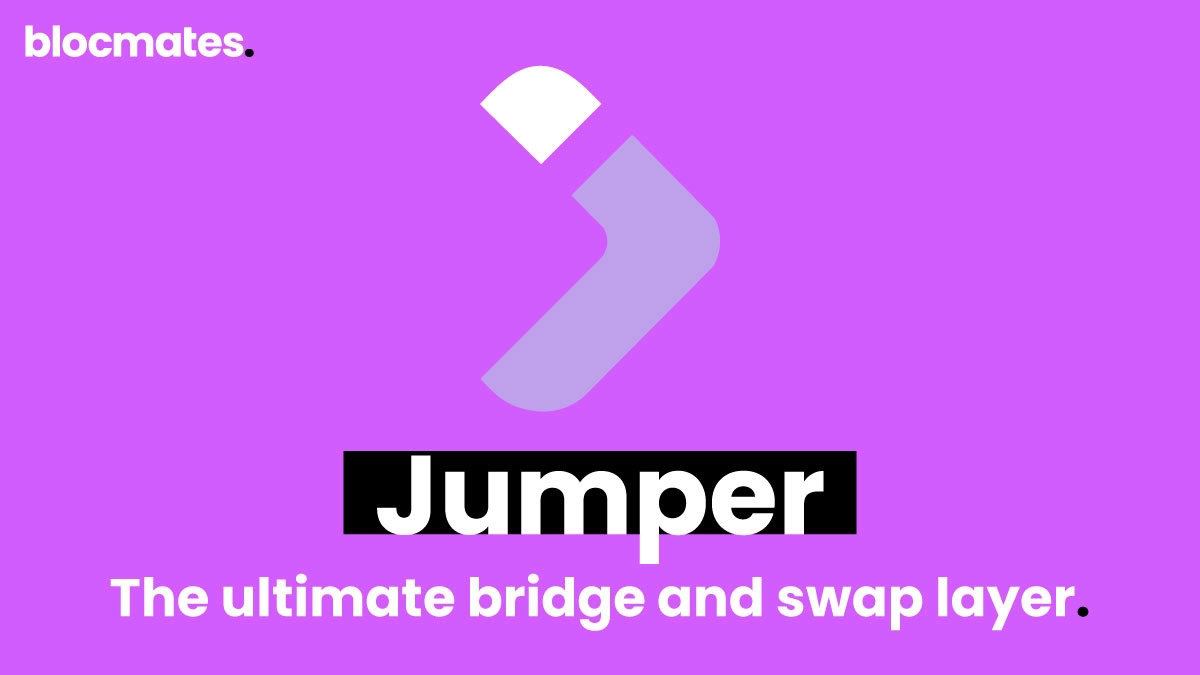
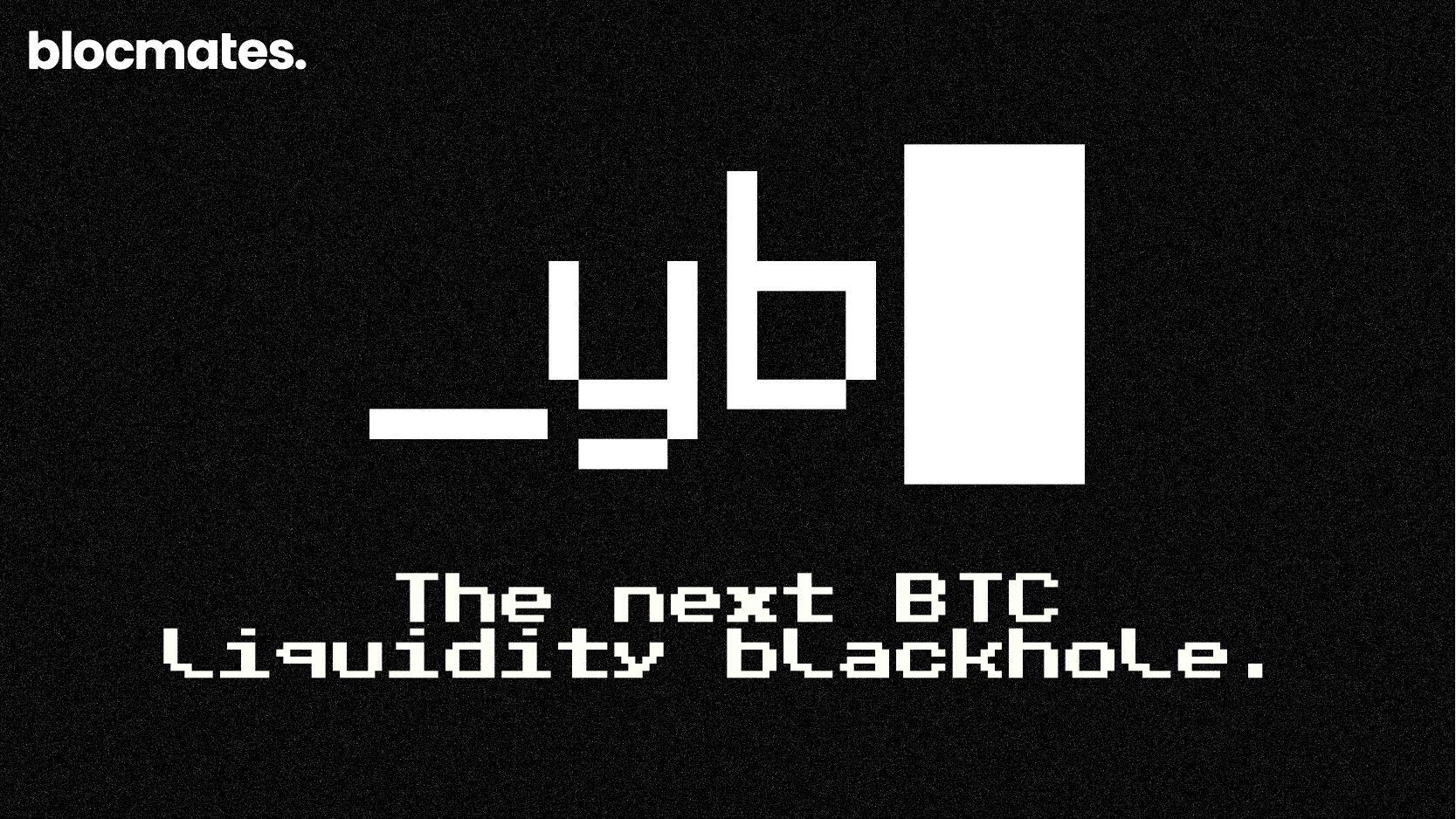
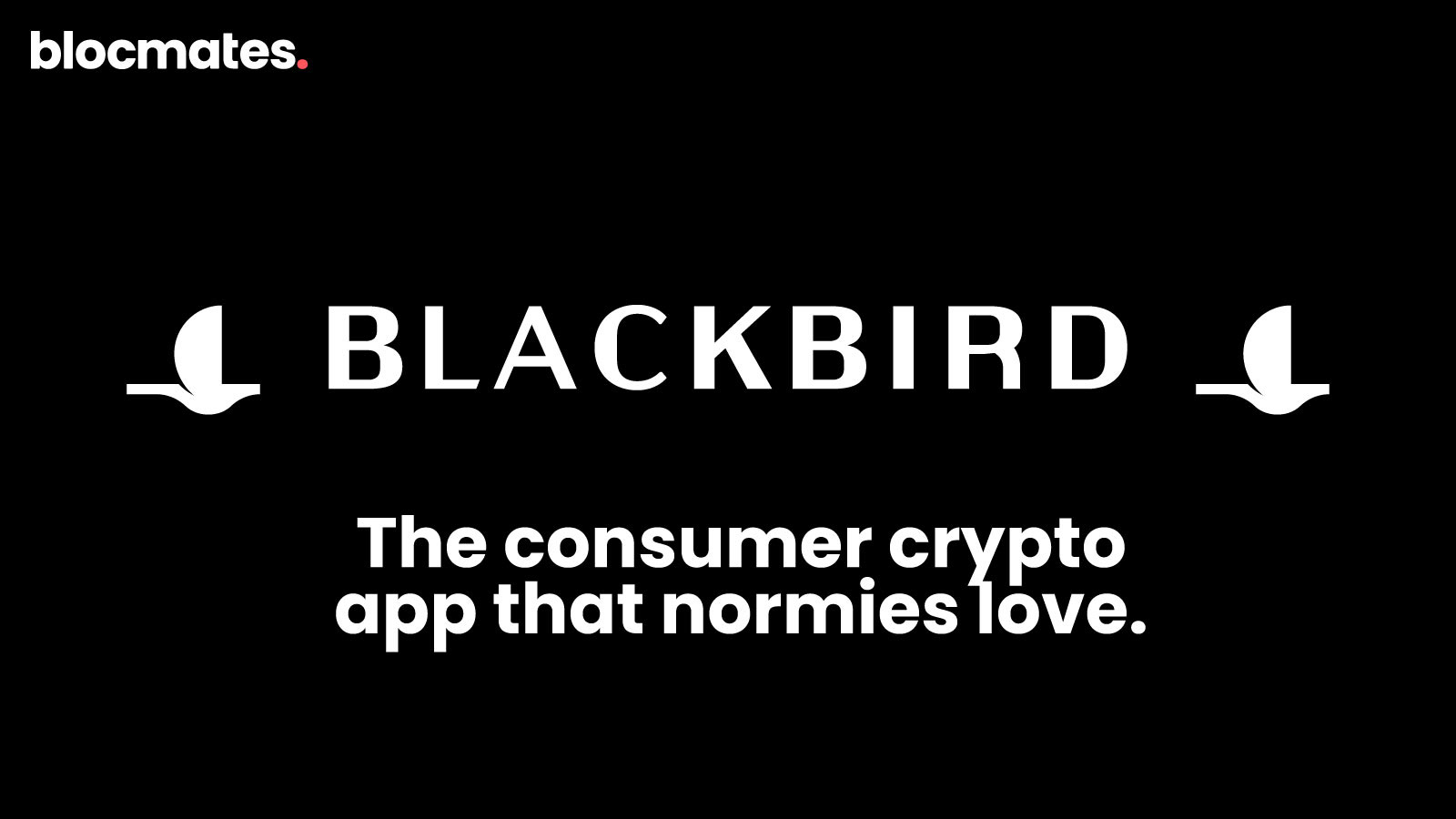


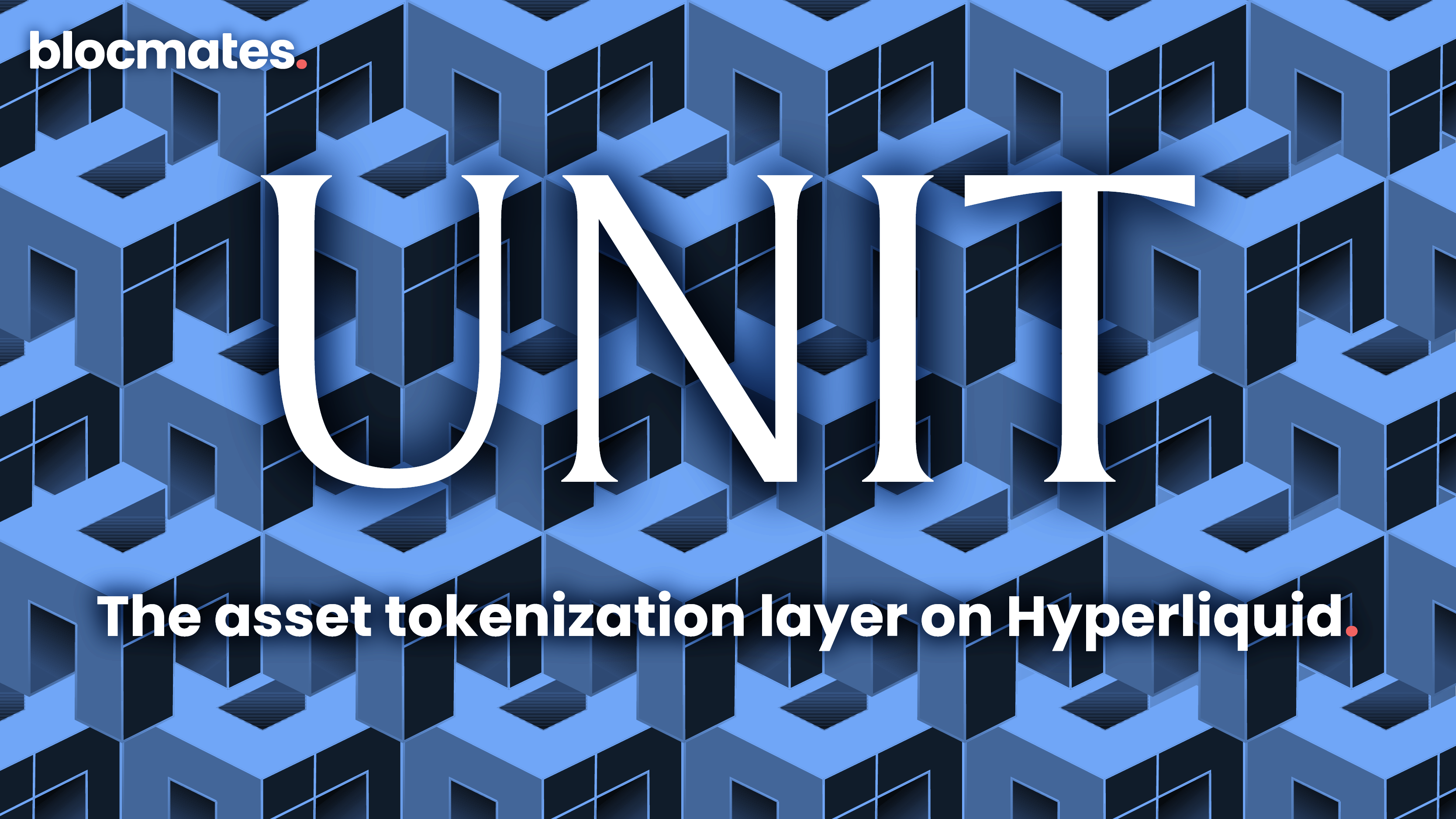




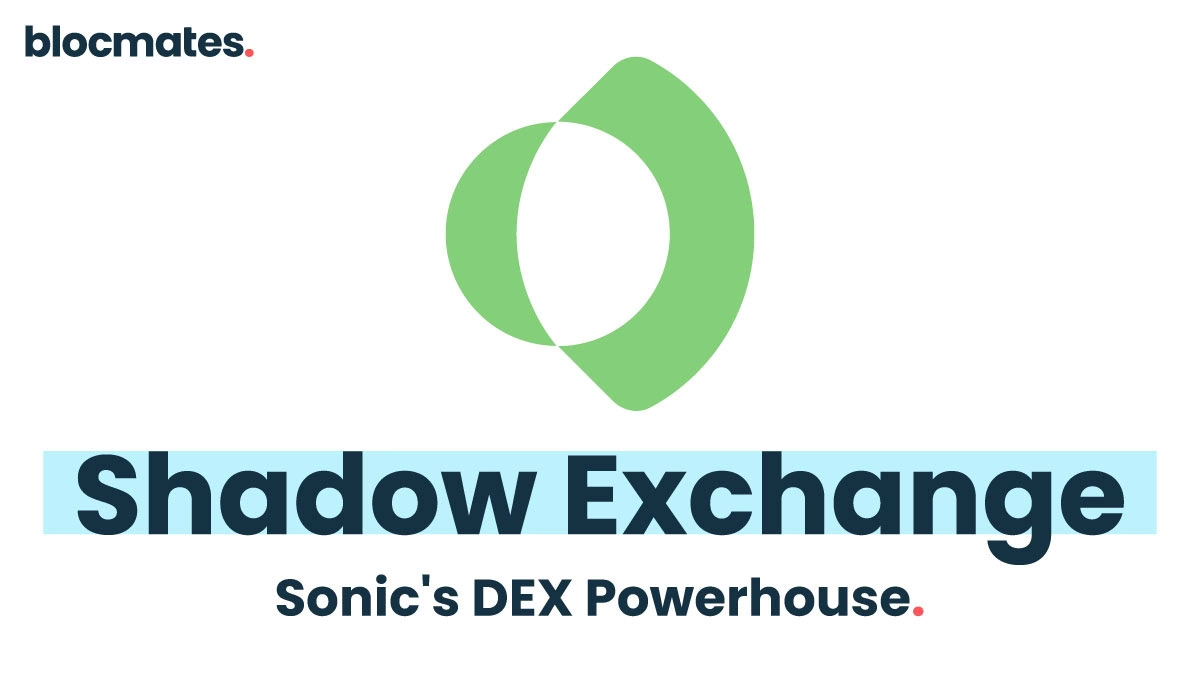


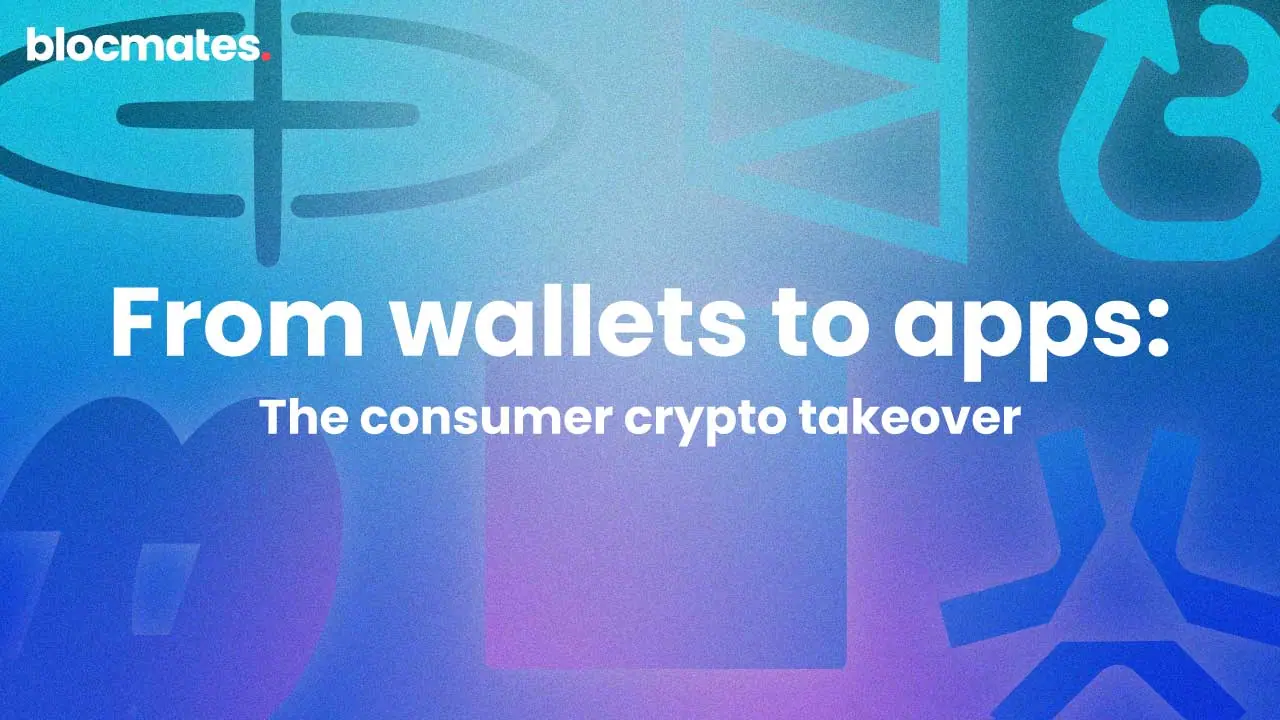




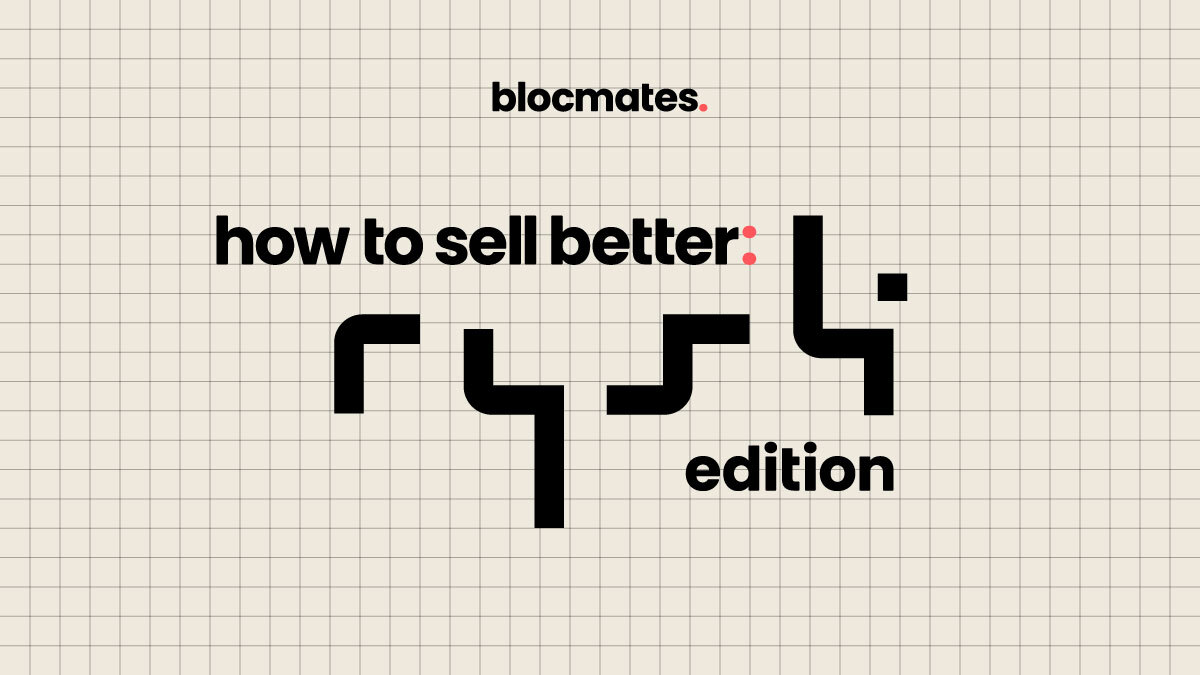


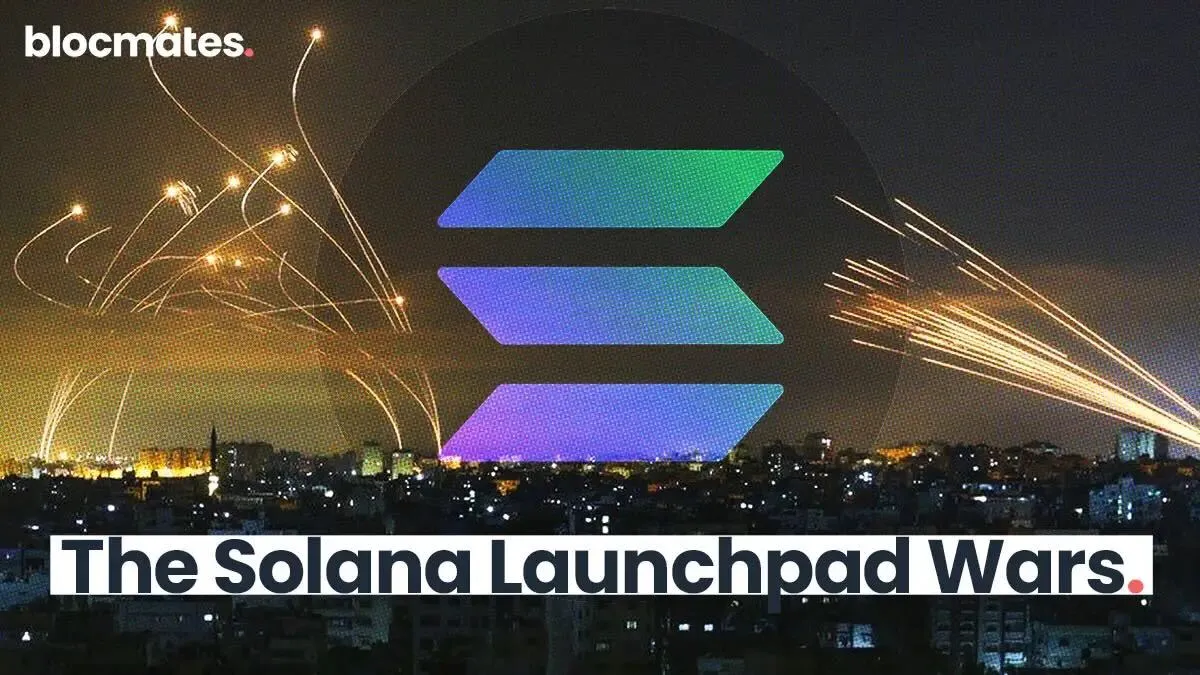




















%202.webp)


.webp)

.webp)
.webp)
.webp)



.webp)

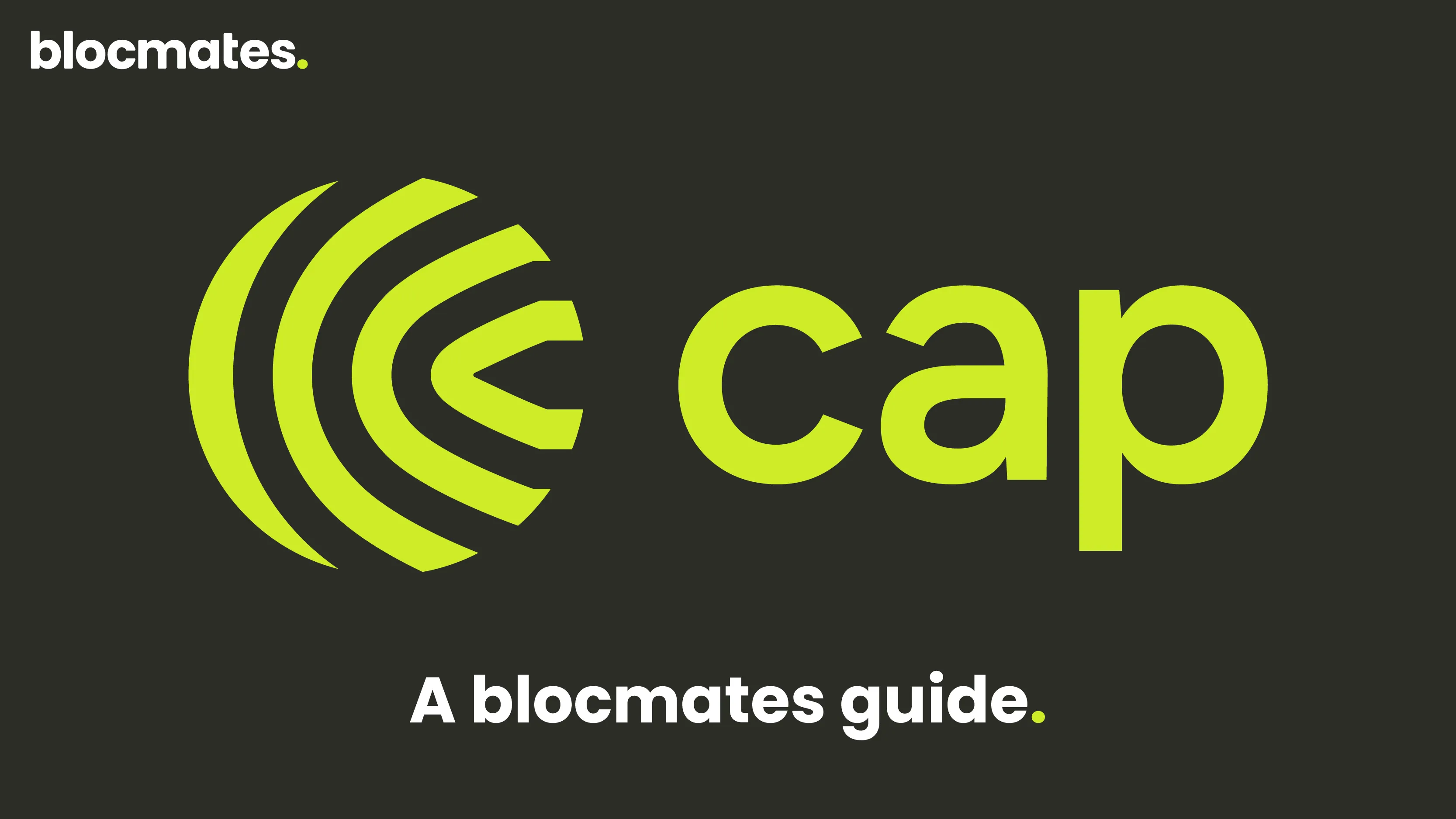










%20the%20Next%20Big%20Unlock%20in%20AI.webp)




.webp)
.webp)

.webp)
.webp)
.webp)


.webp)
.webp)










.webp)


.webp)









.webp)







.webp)
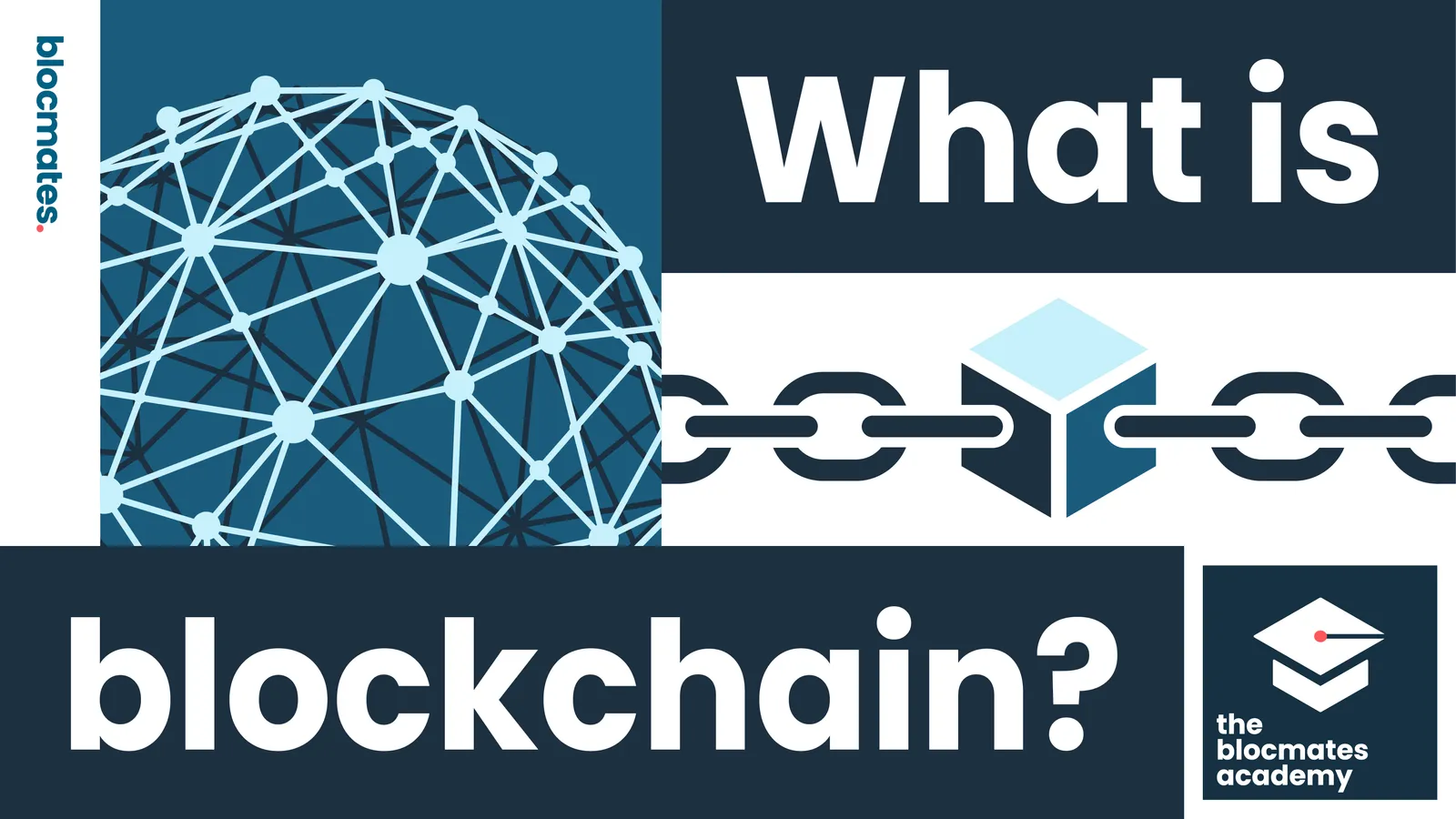



.webp)














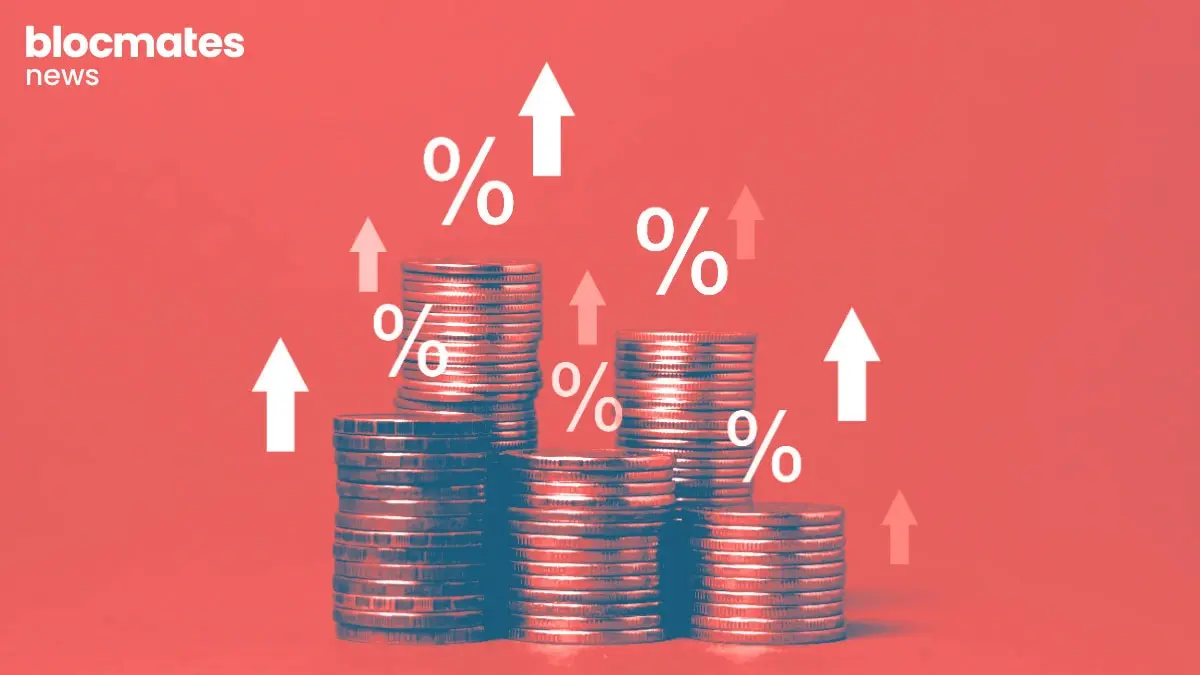


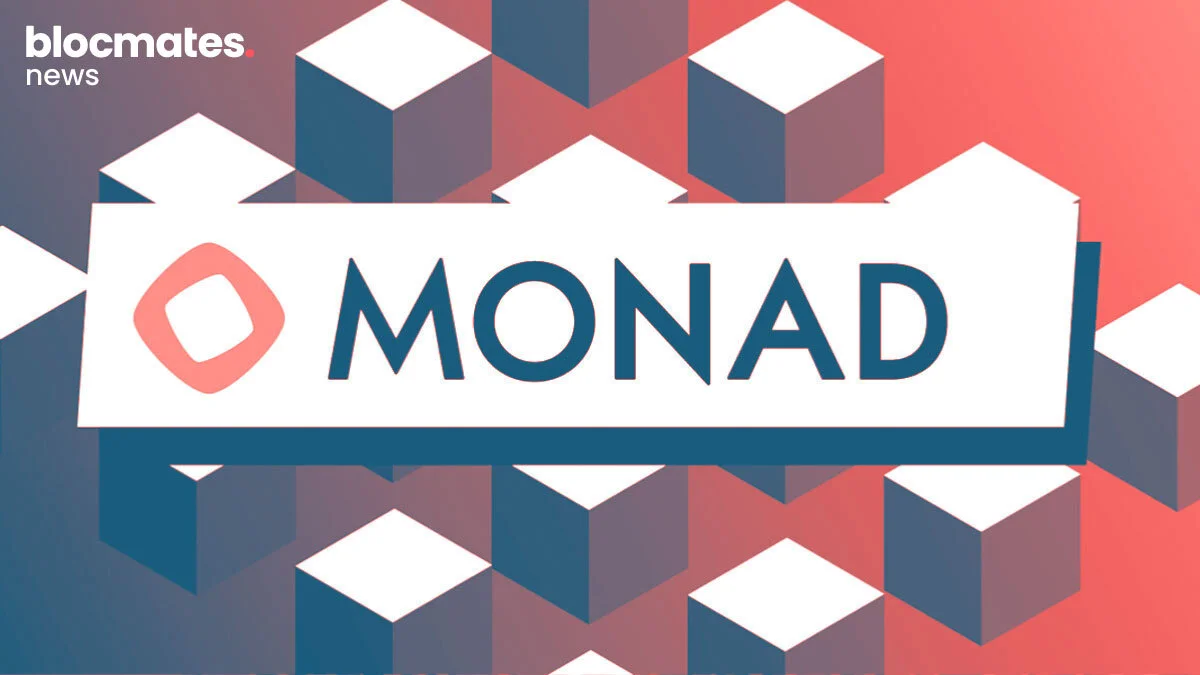





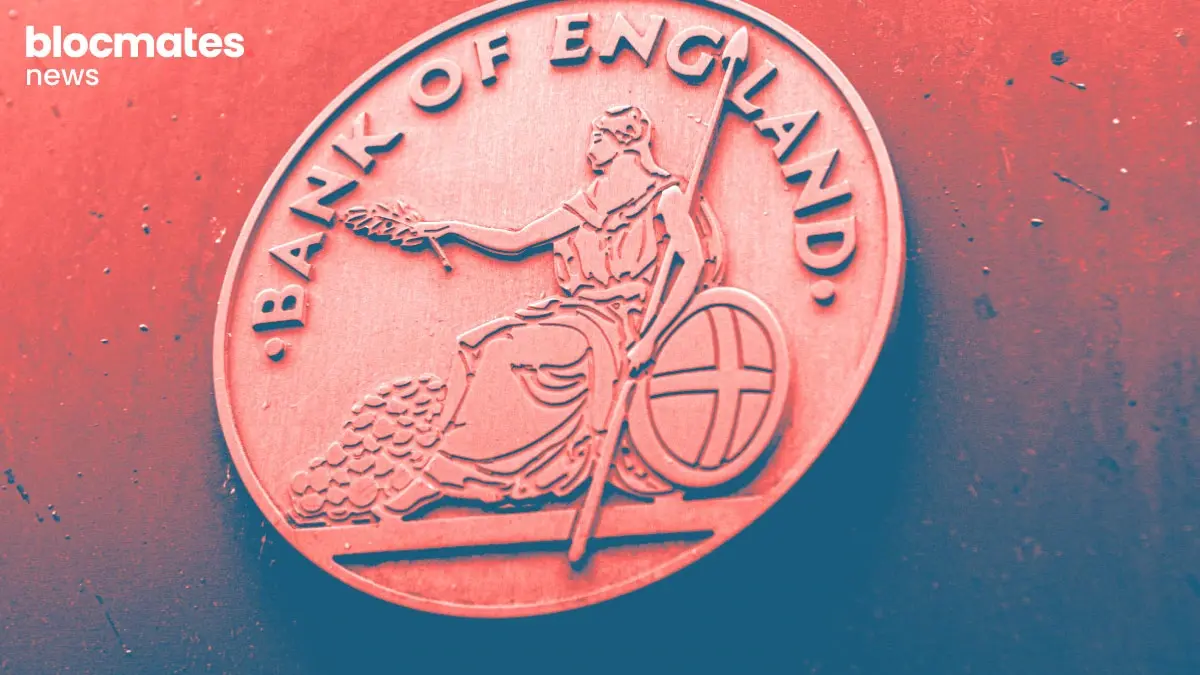


.webp)







.webp)


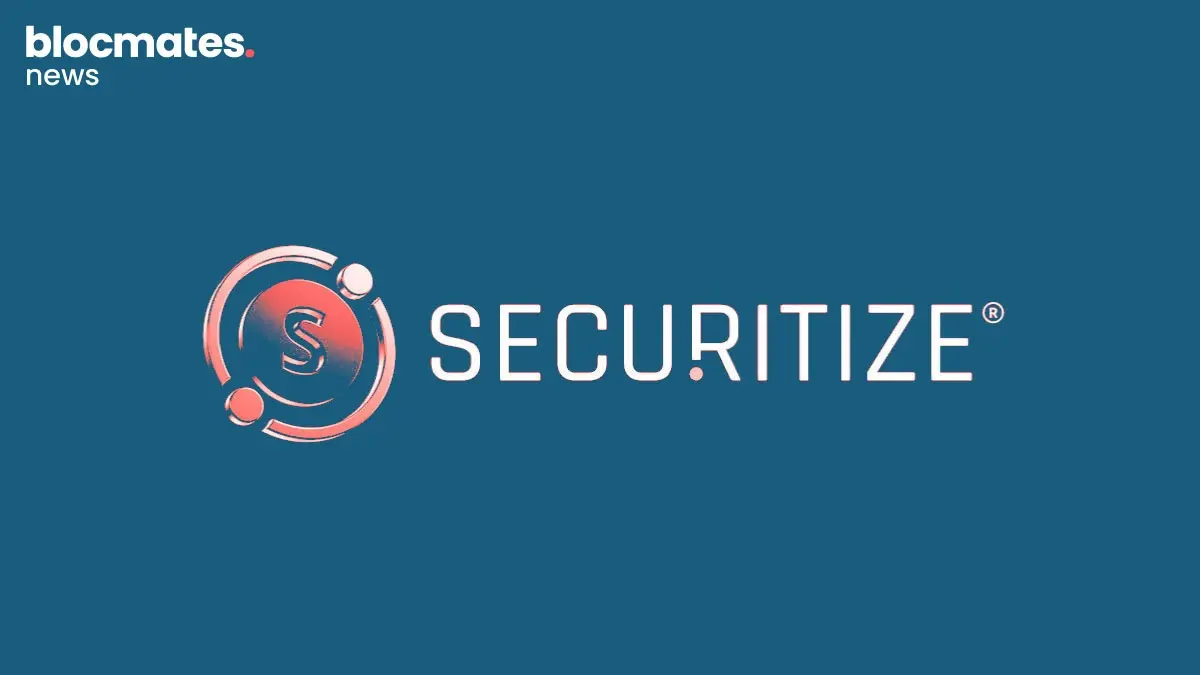

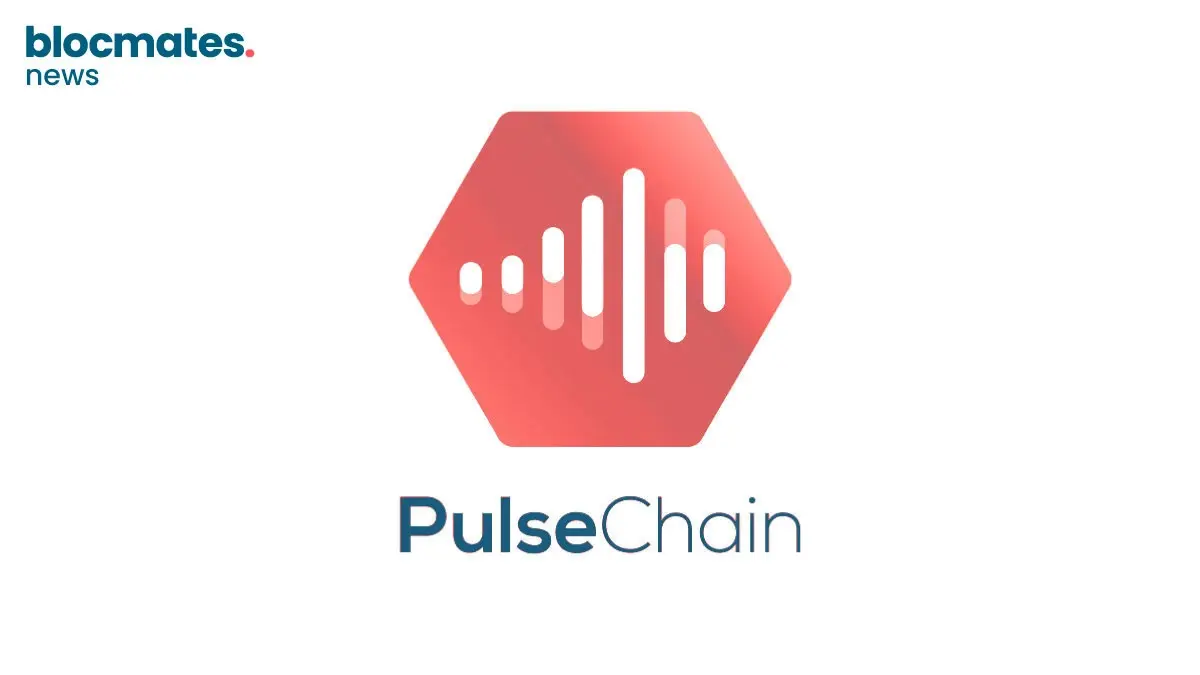
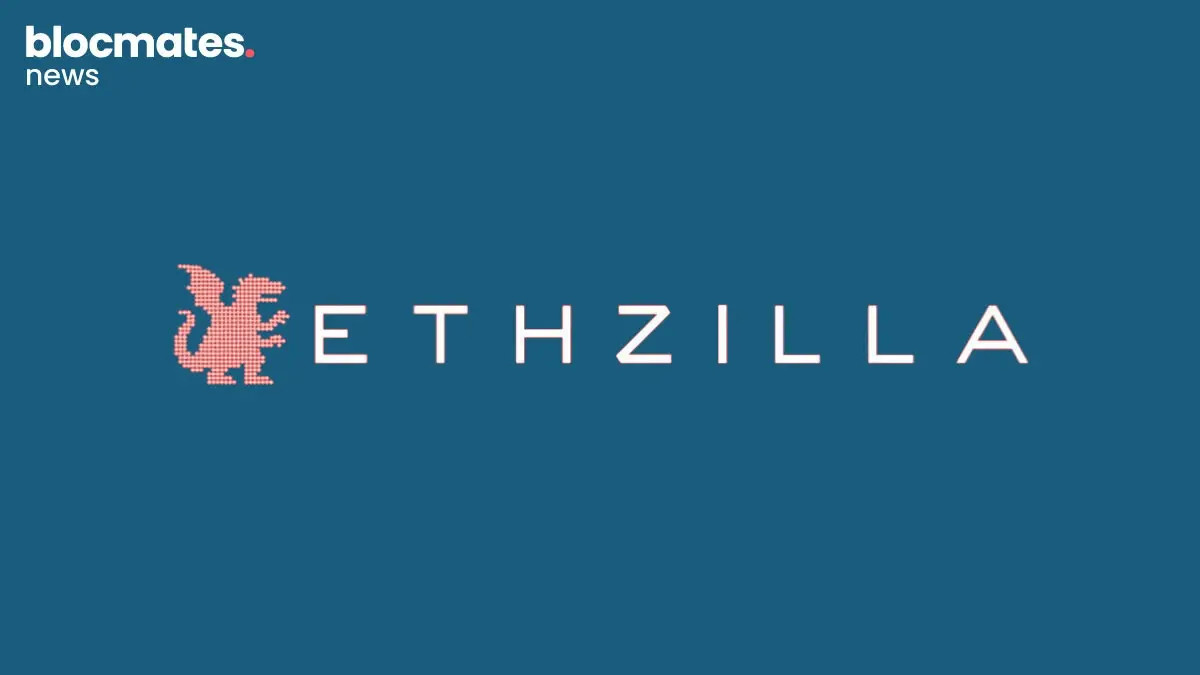
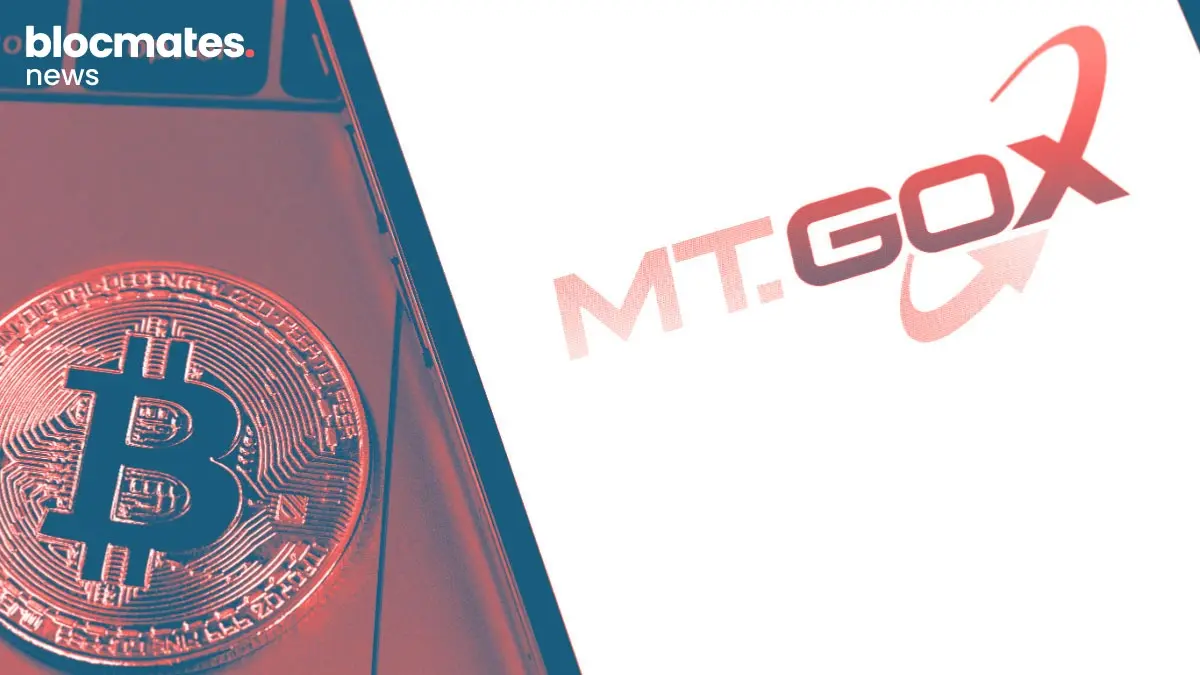

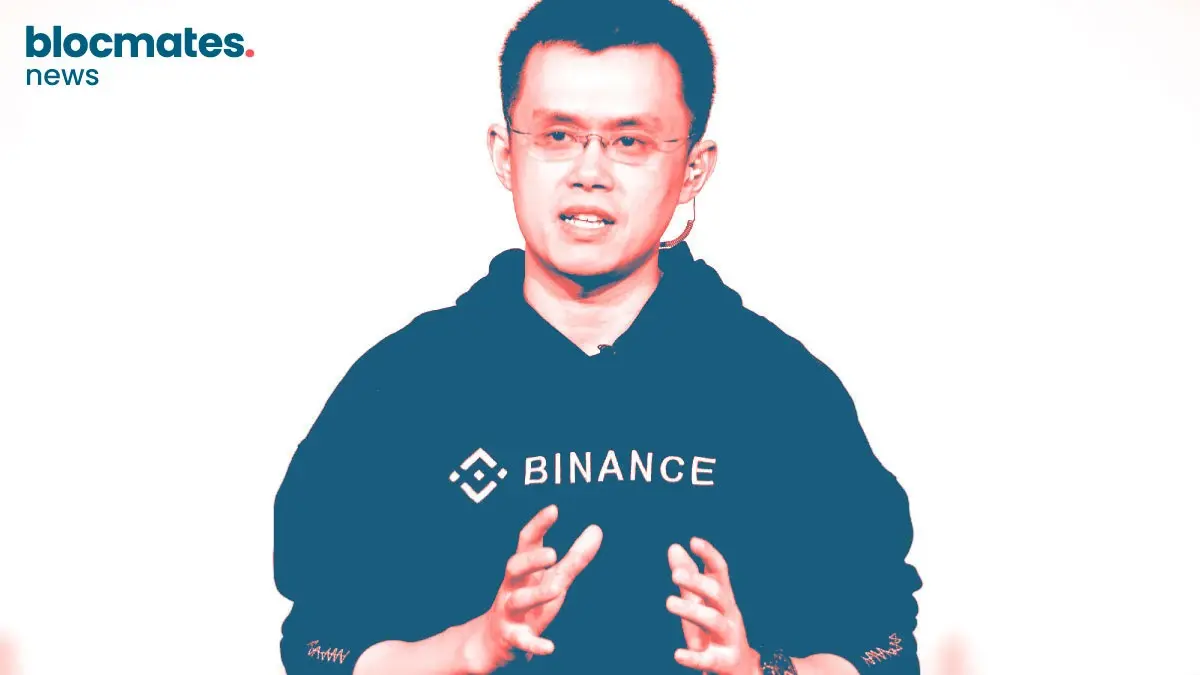


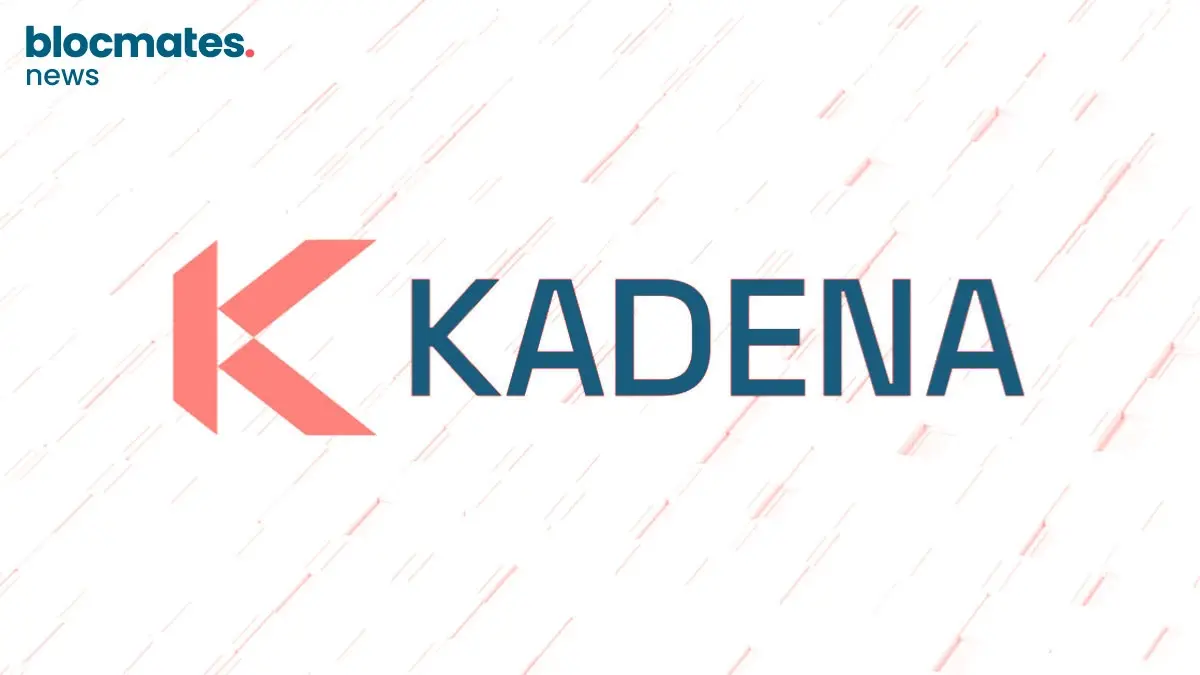


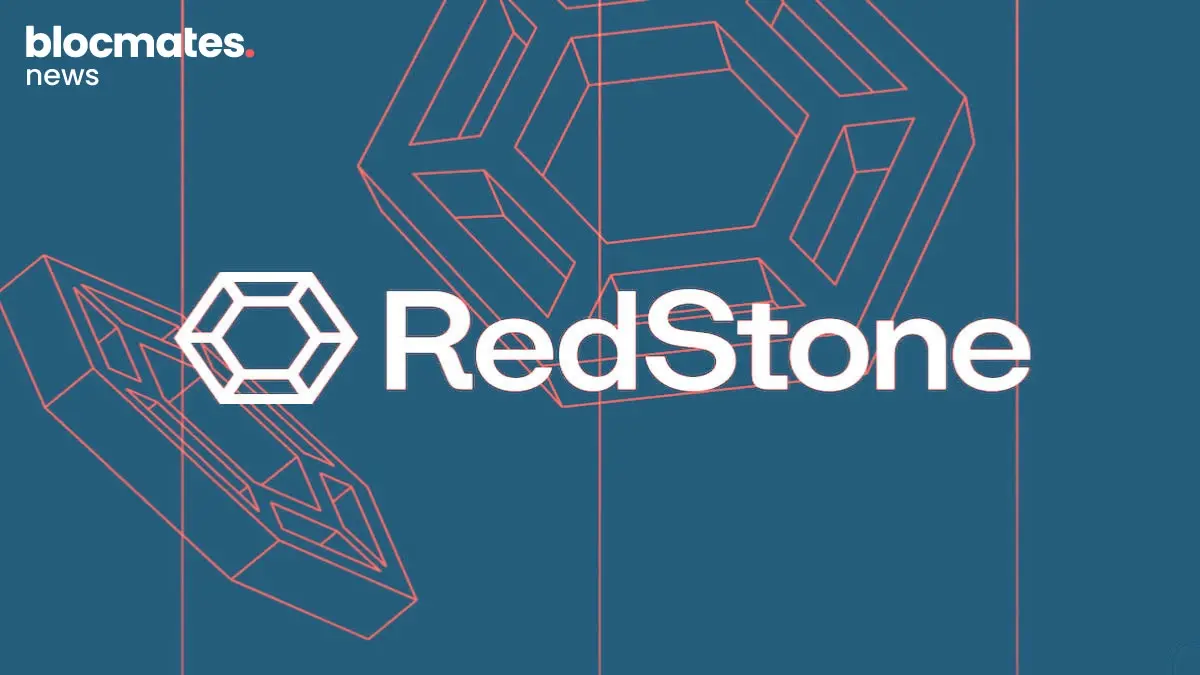
.webp)

.webp)
.webp)

.webp)


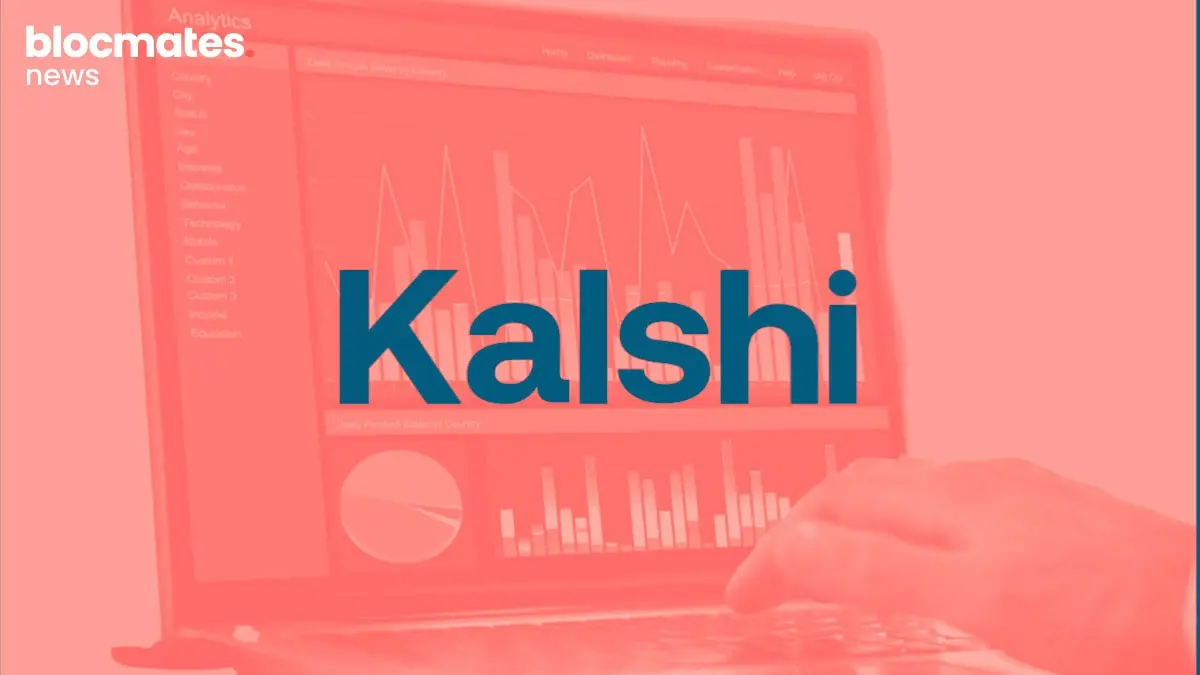








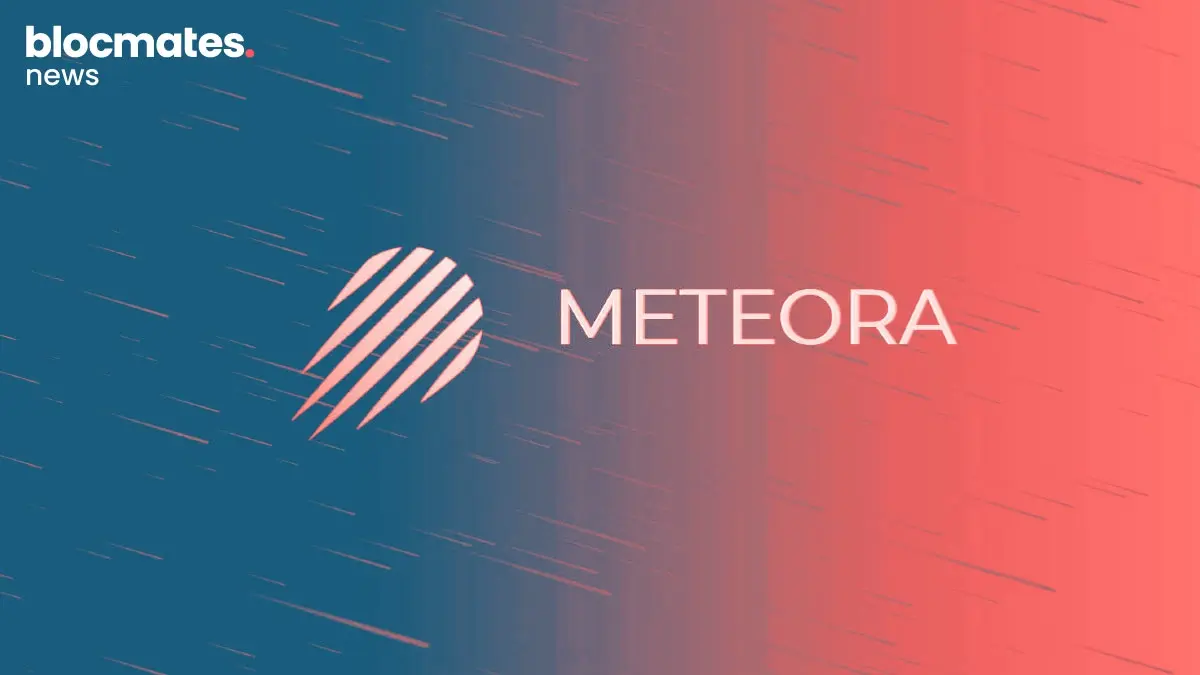


.webp)

.webp)


.webp)



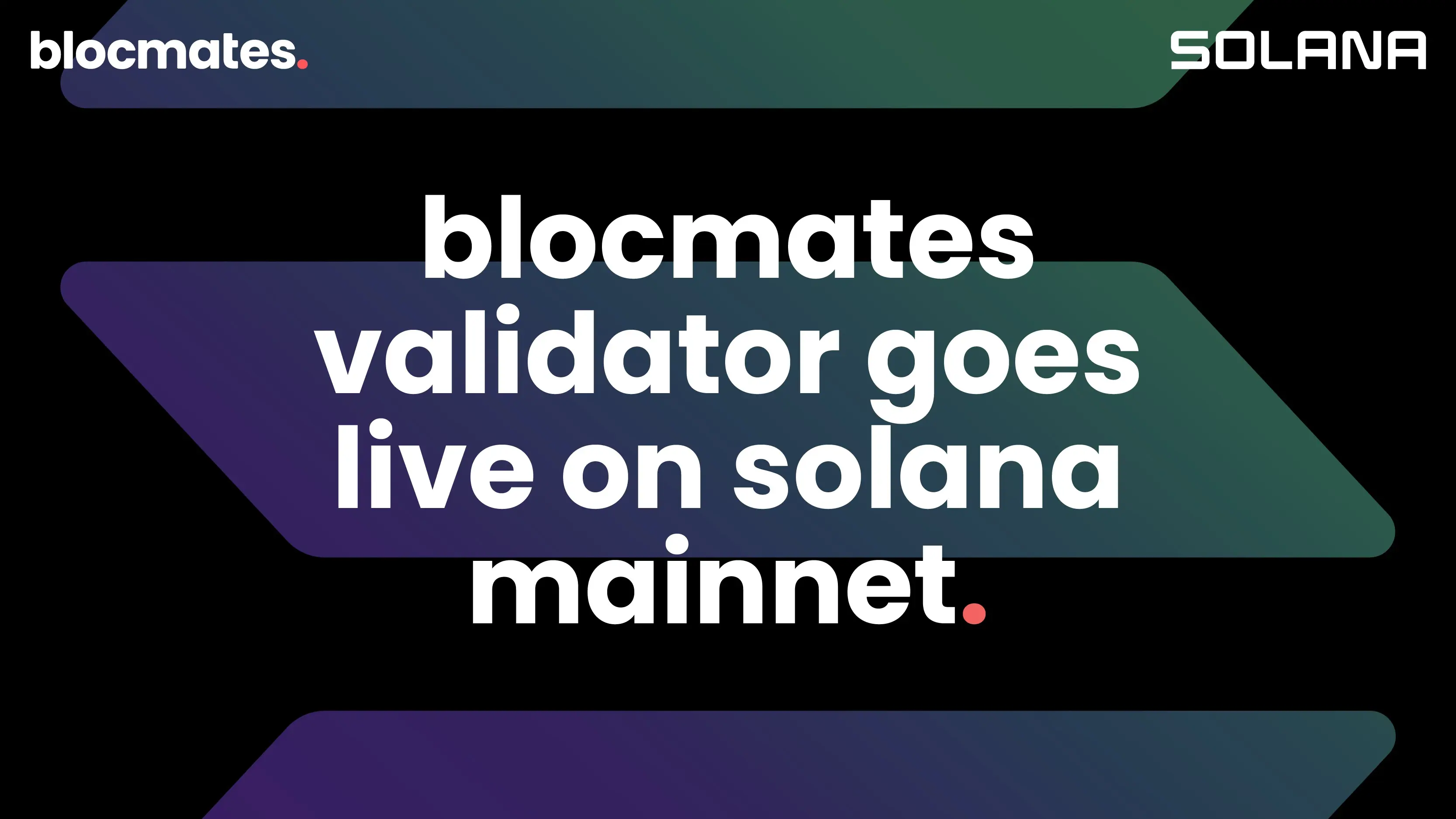
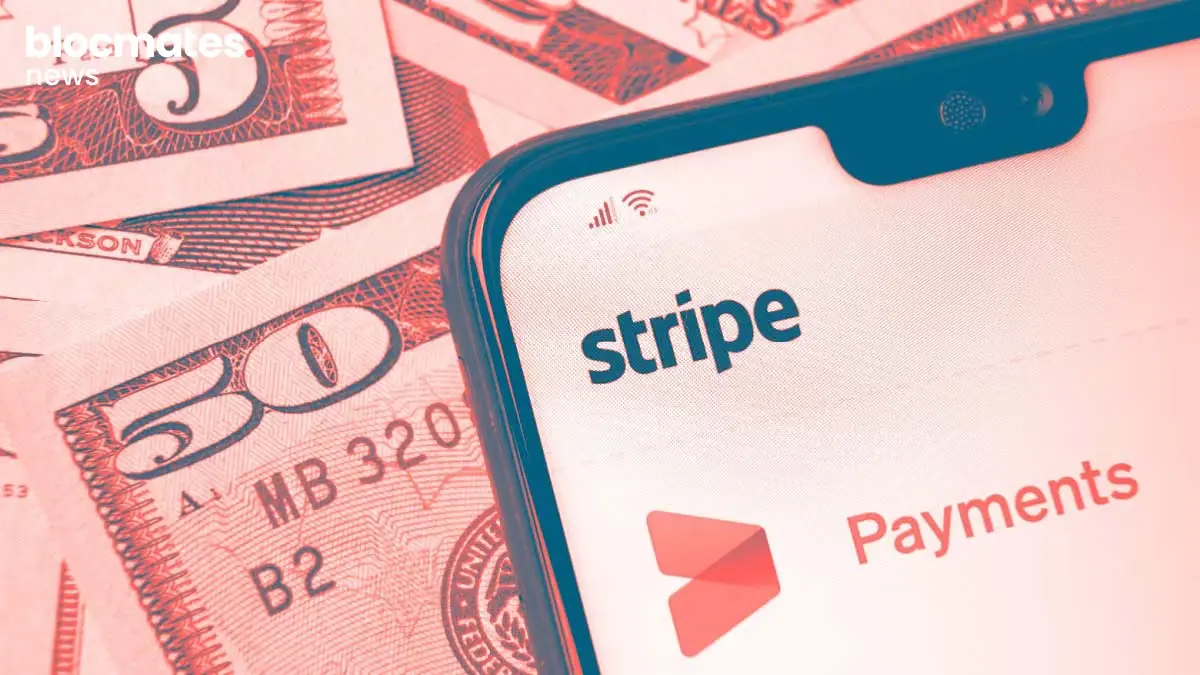



.webp)
